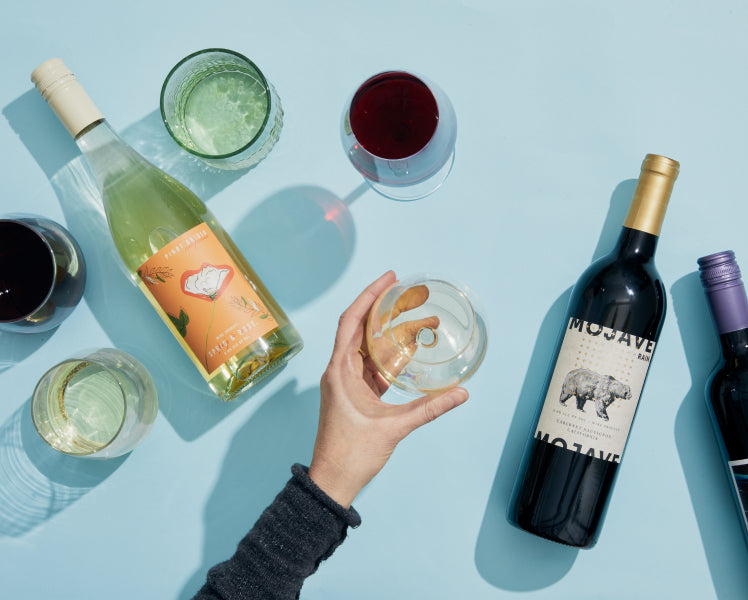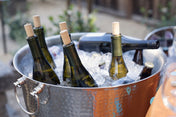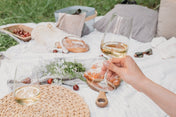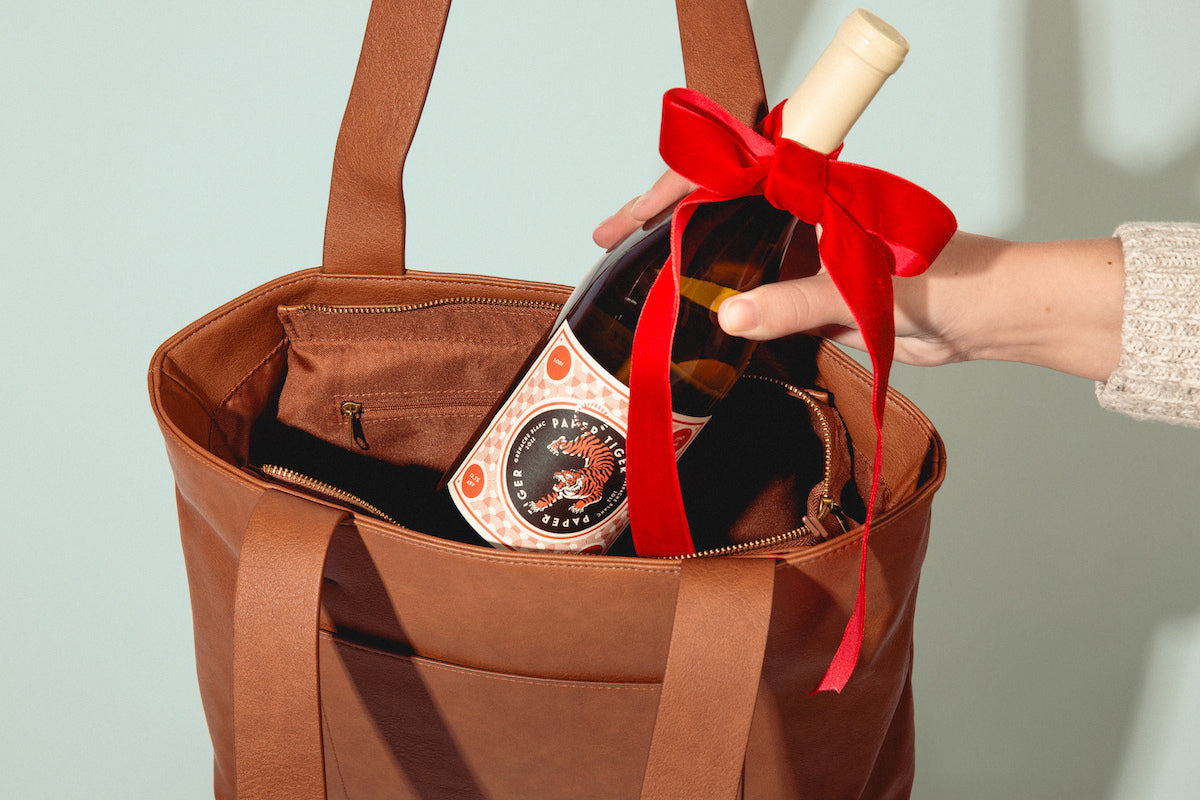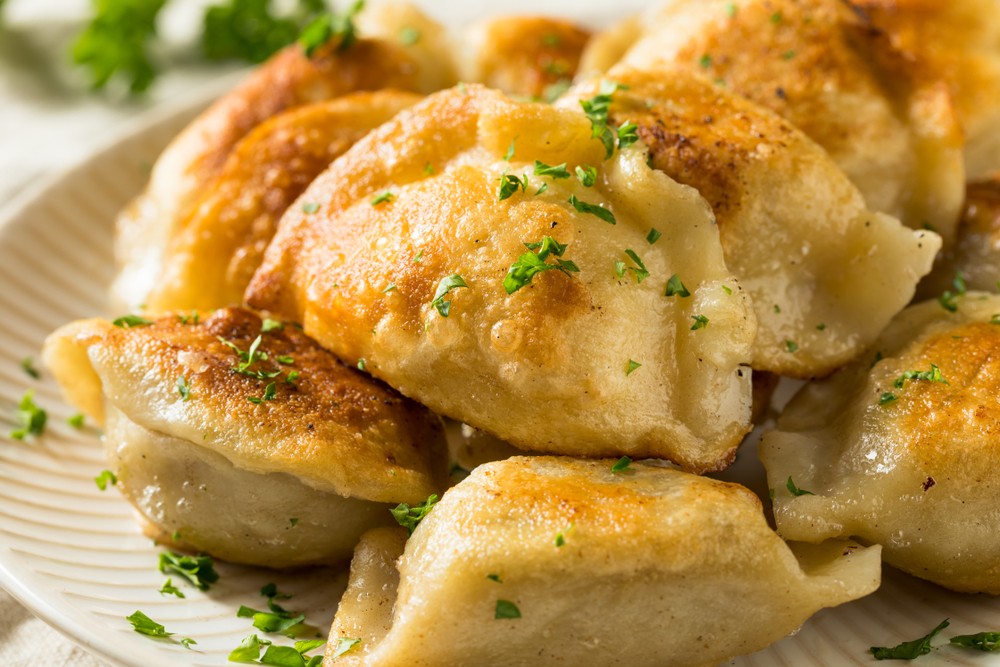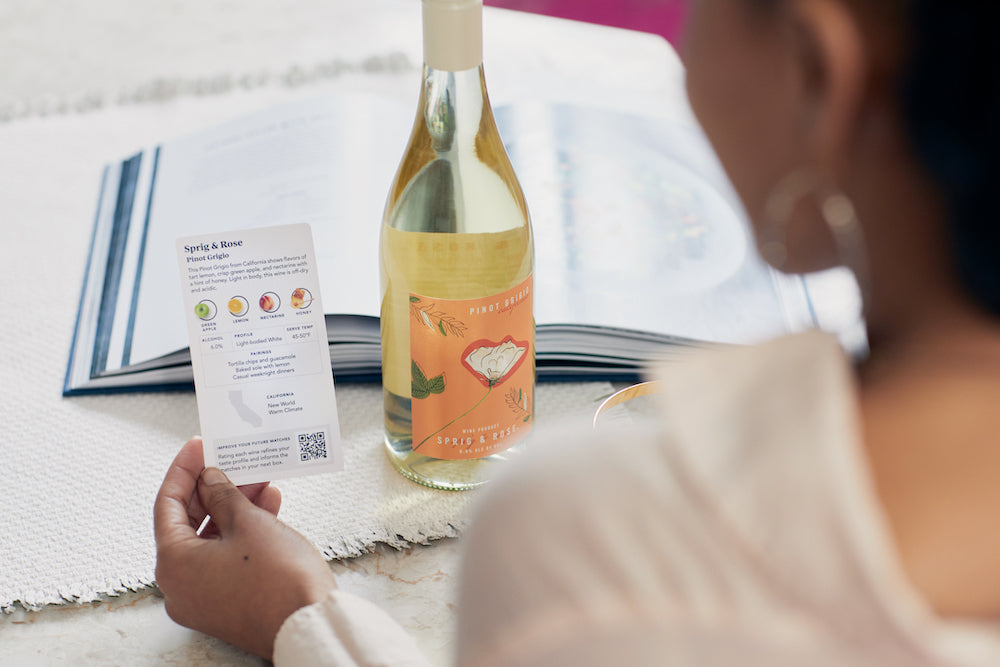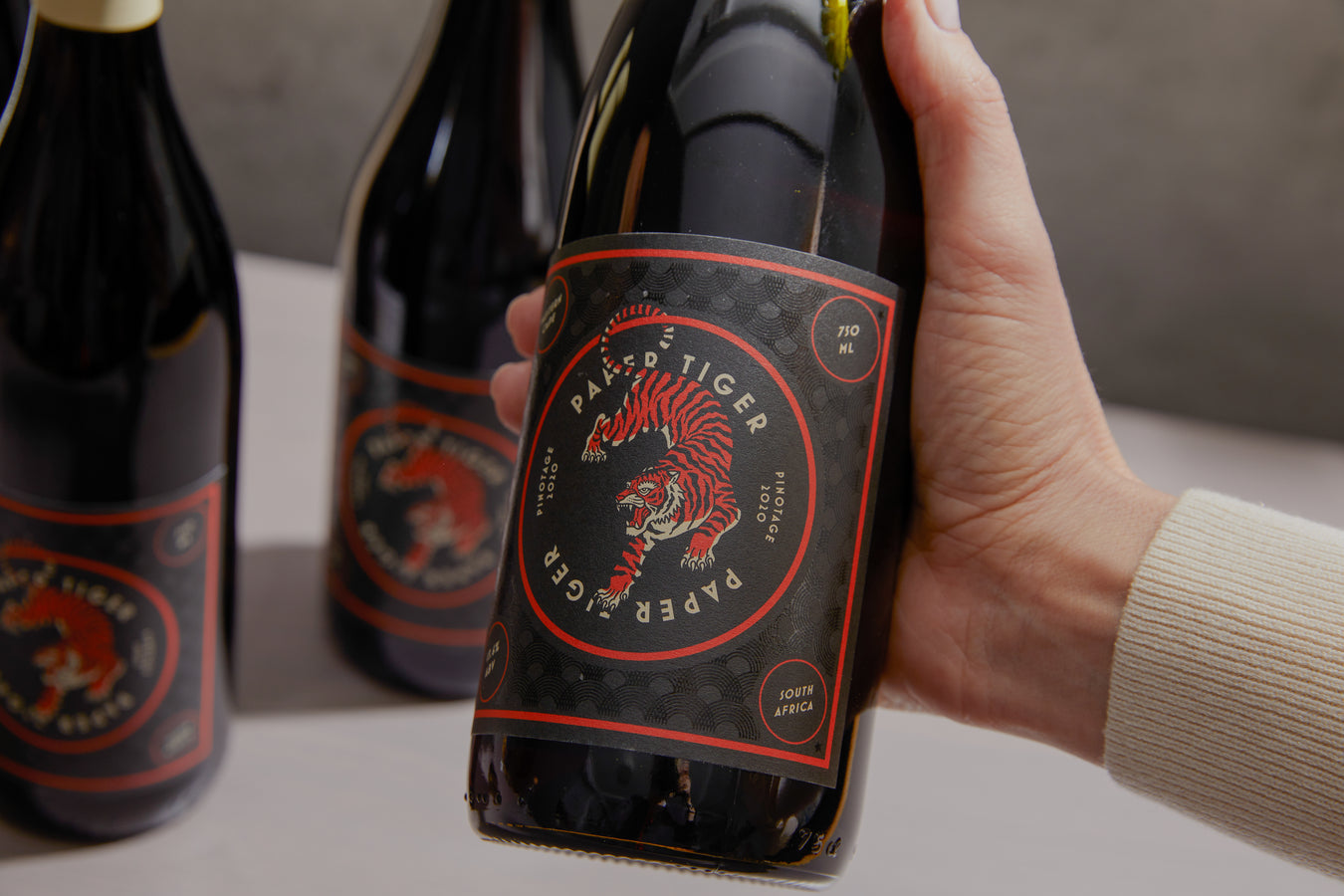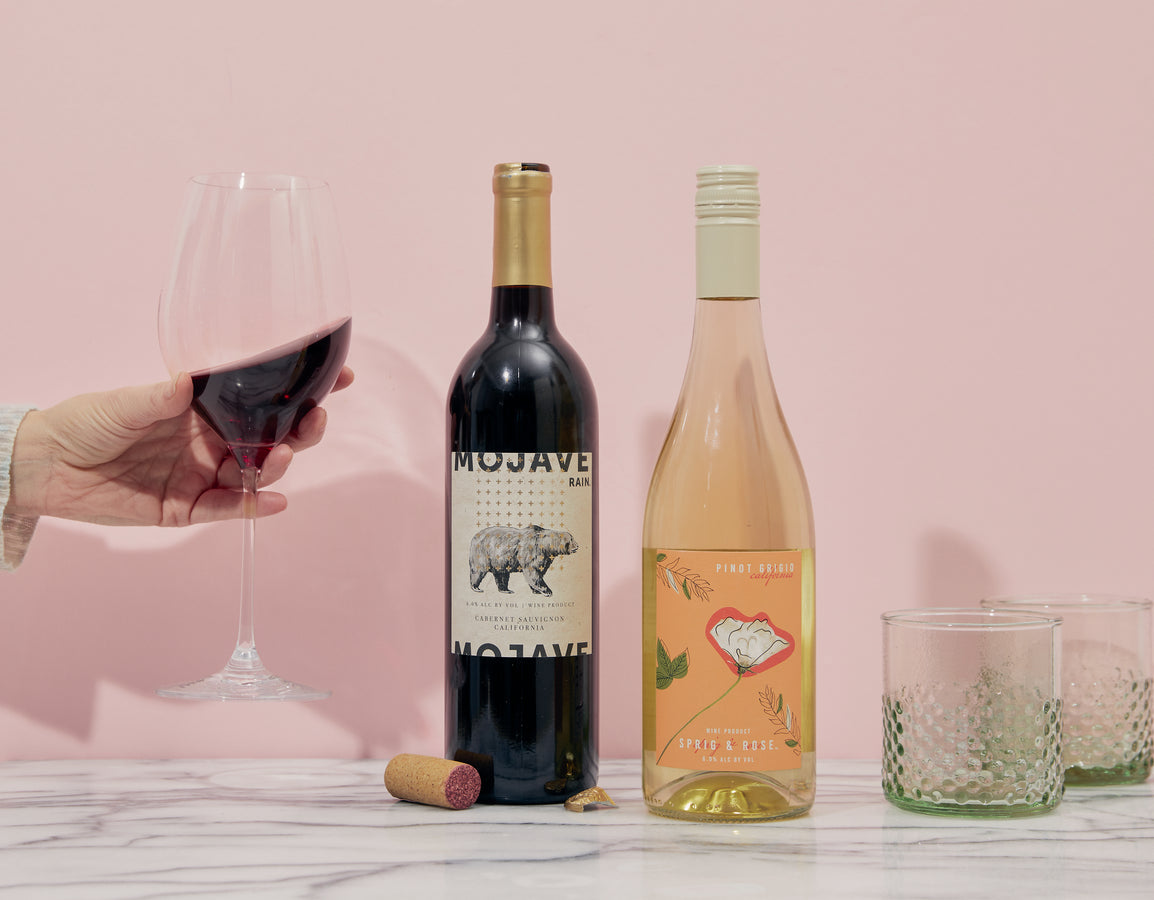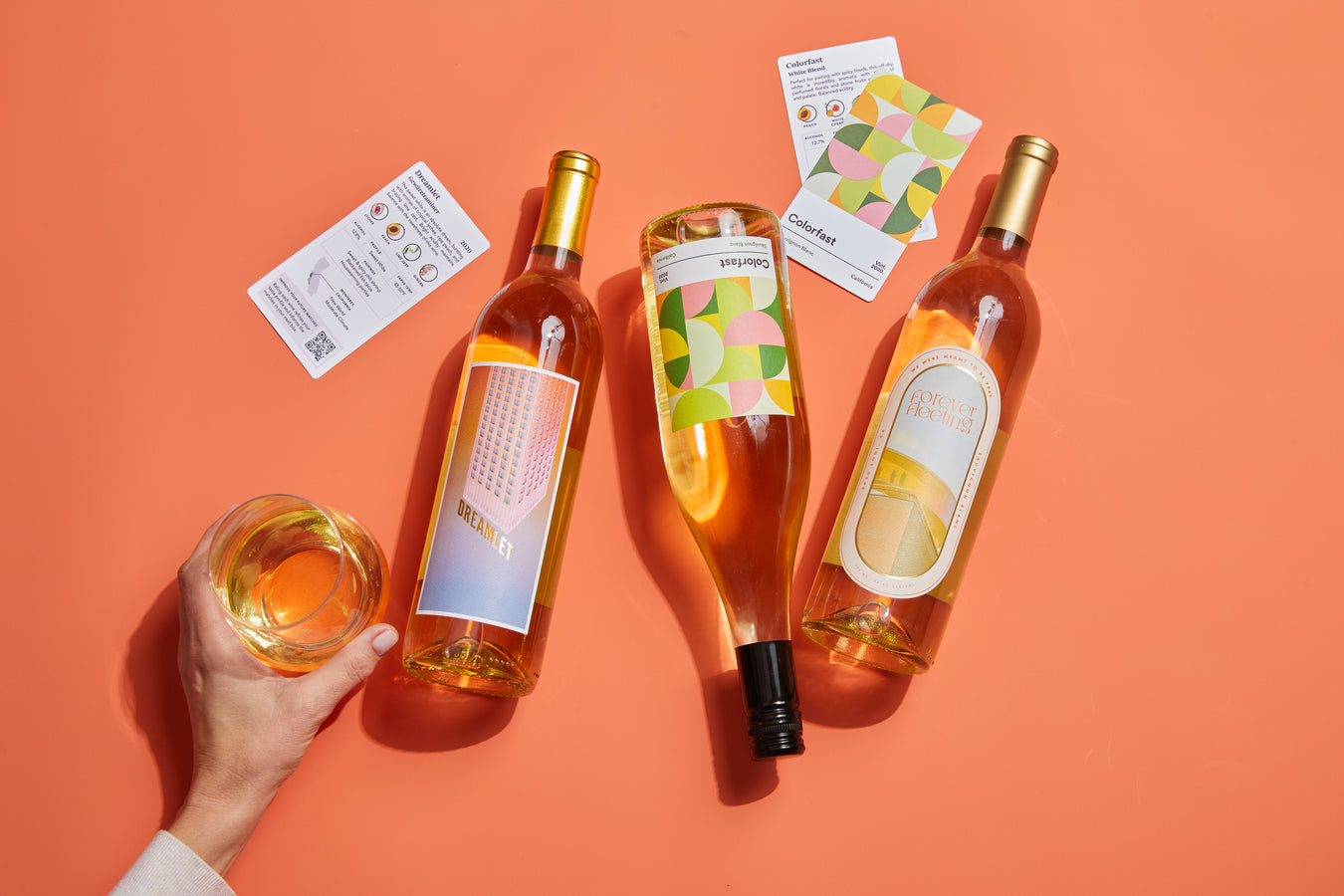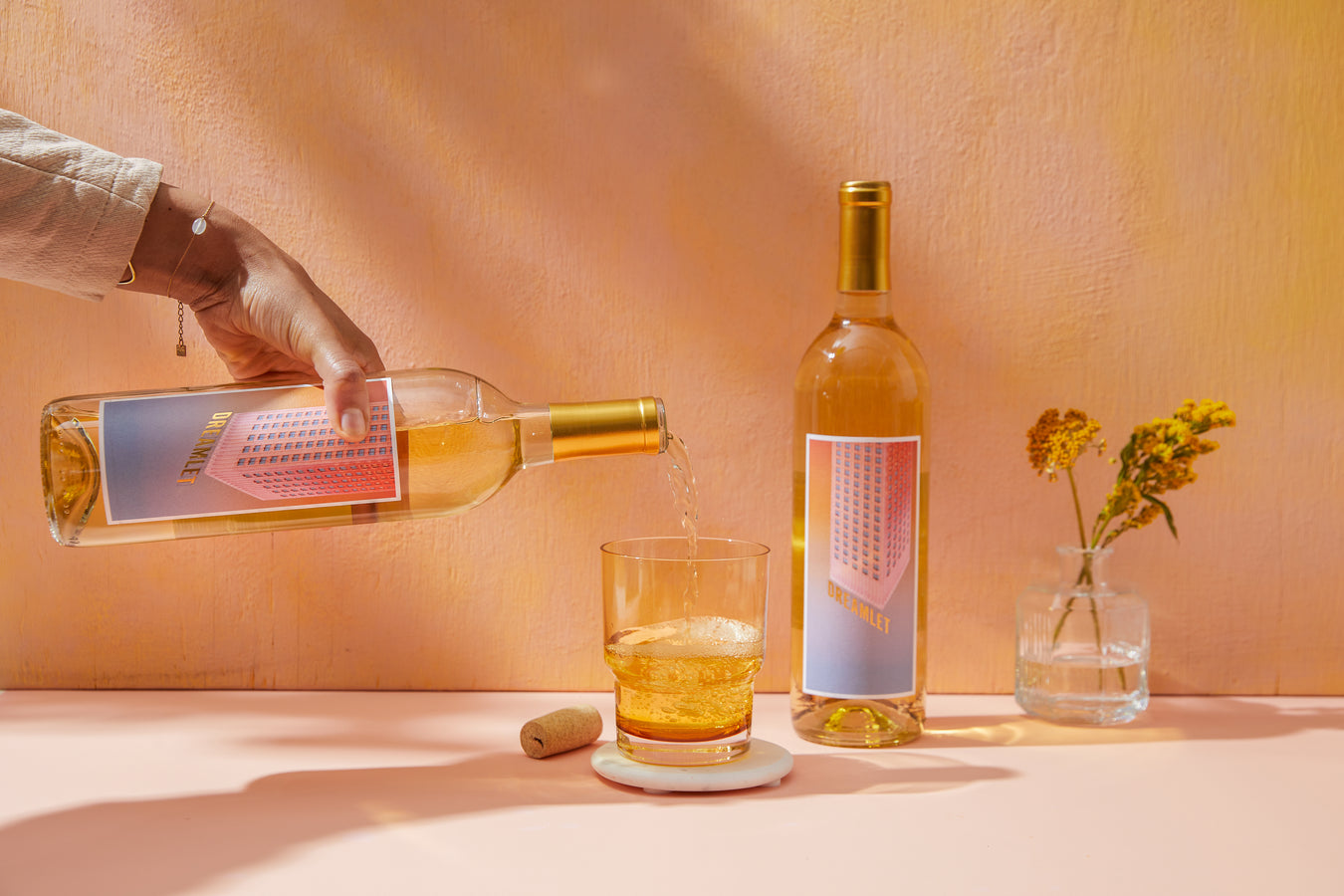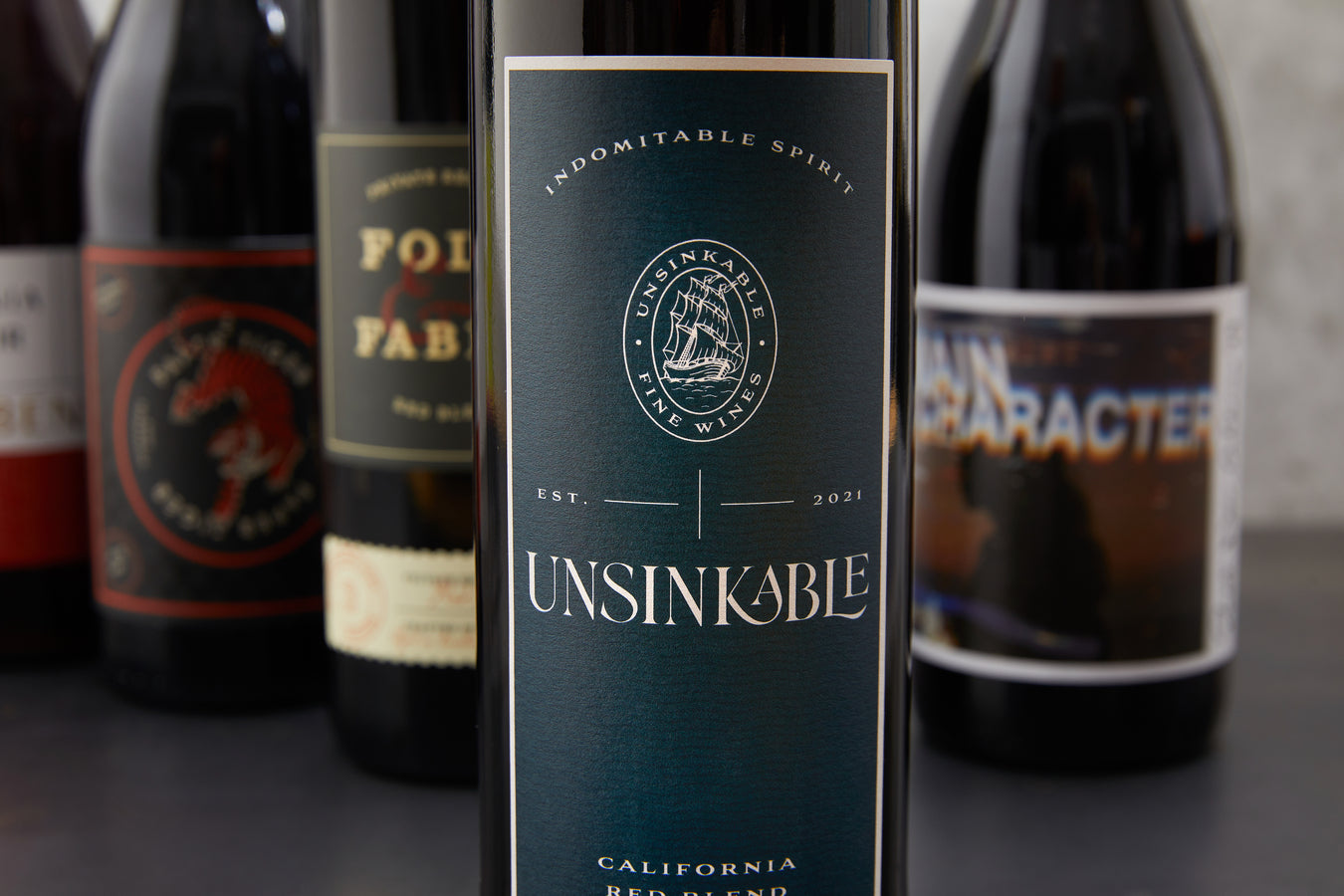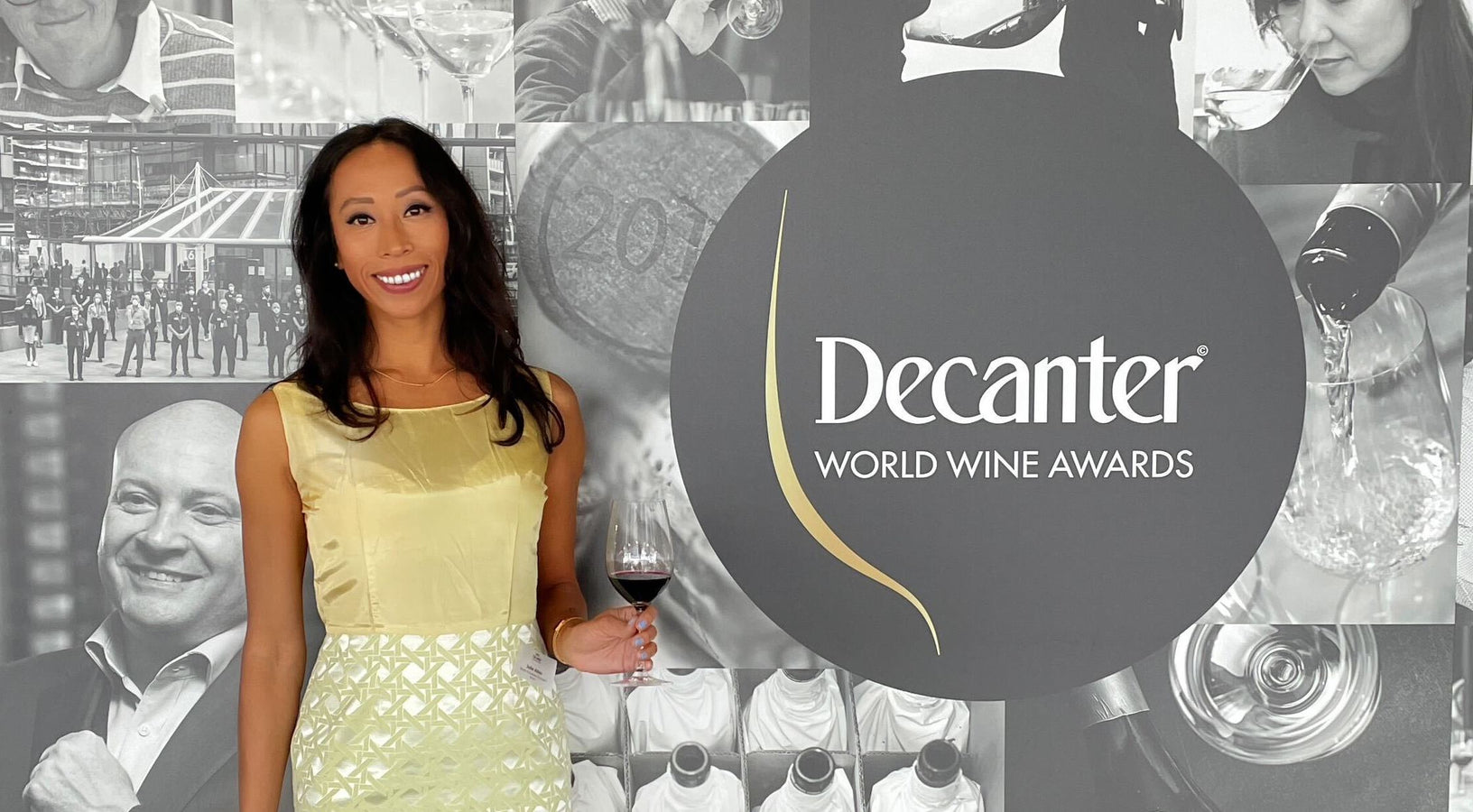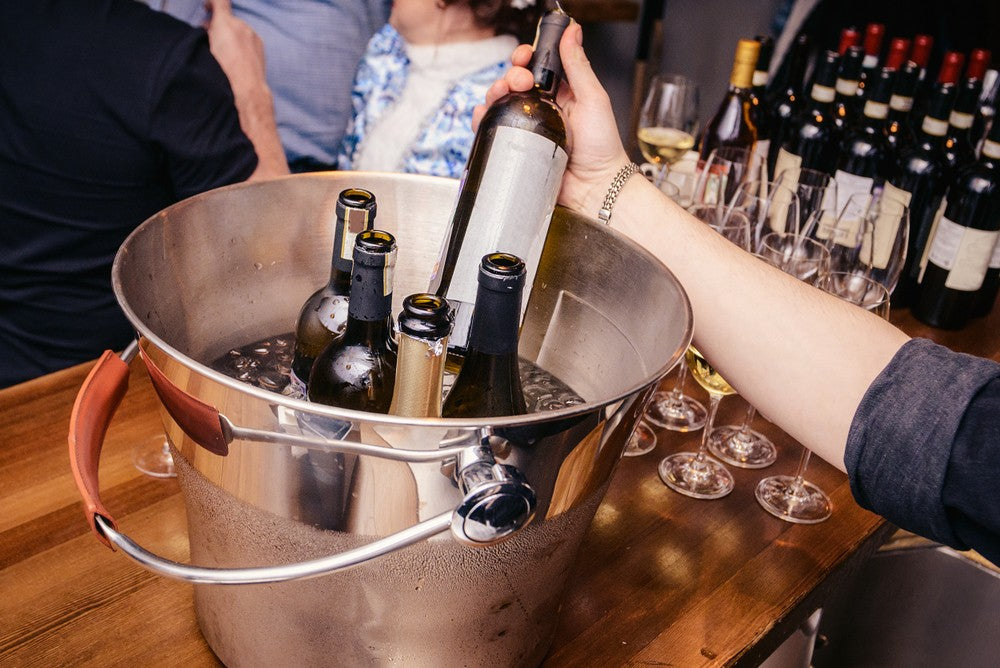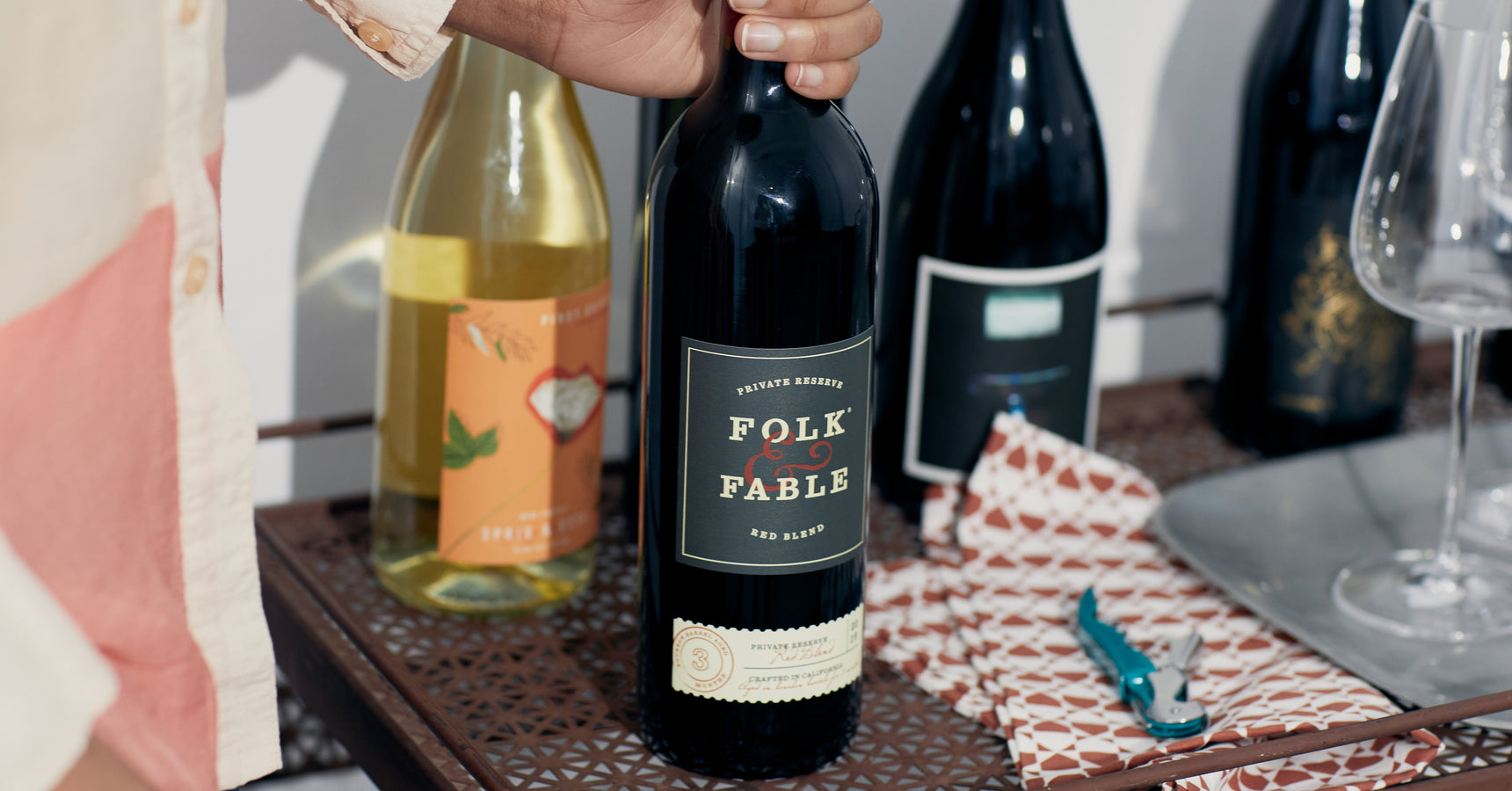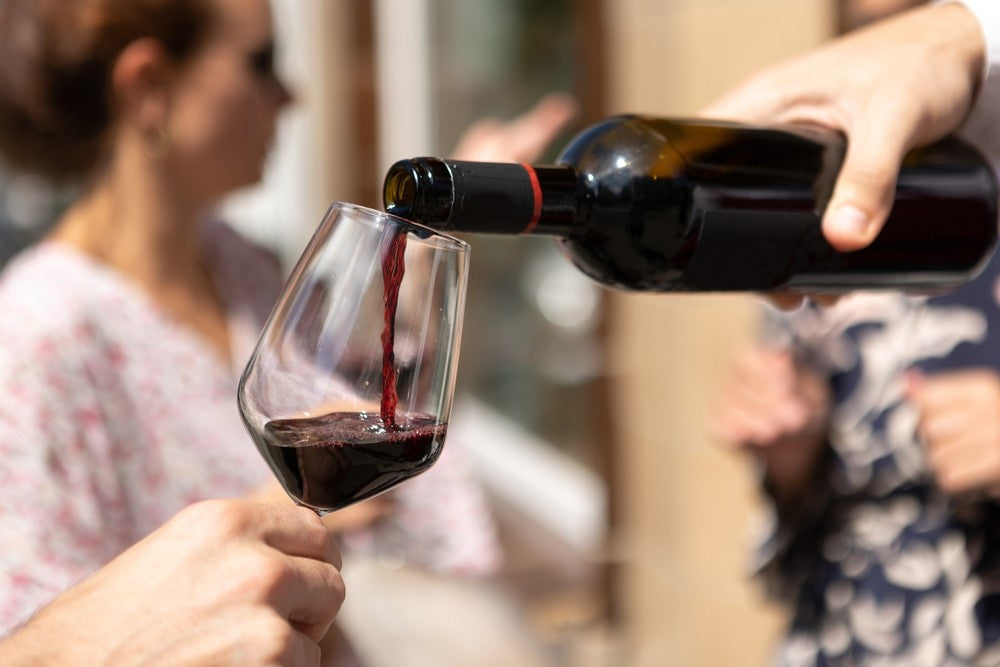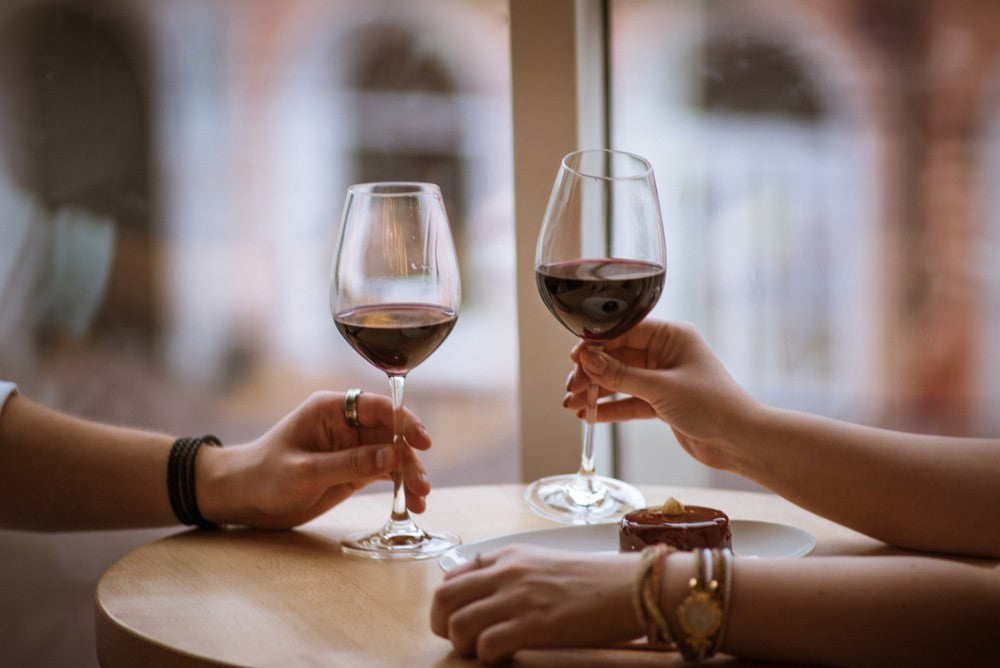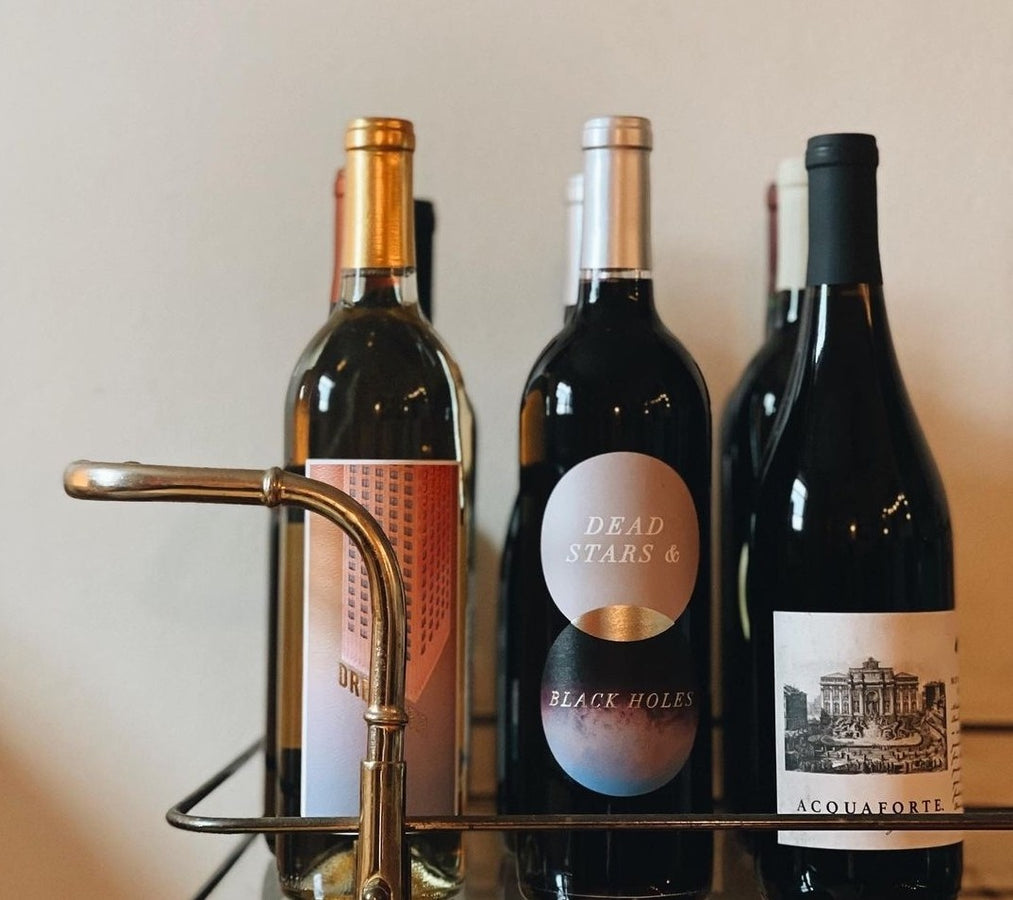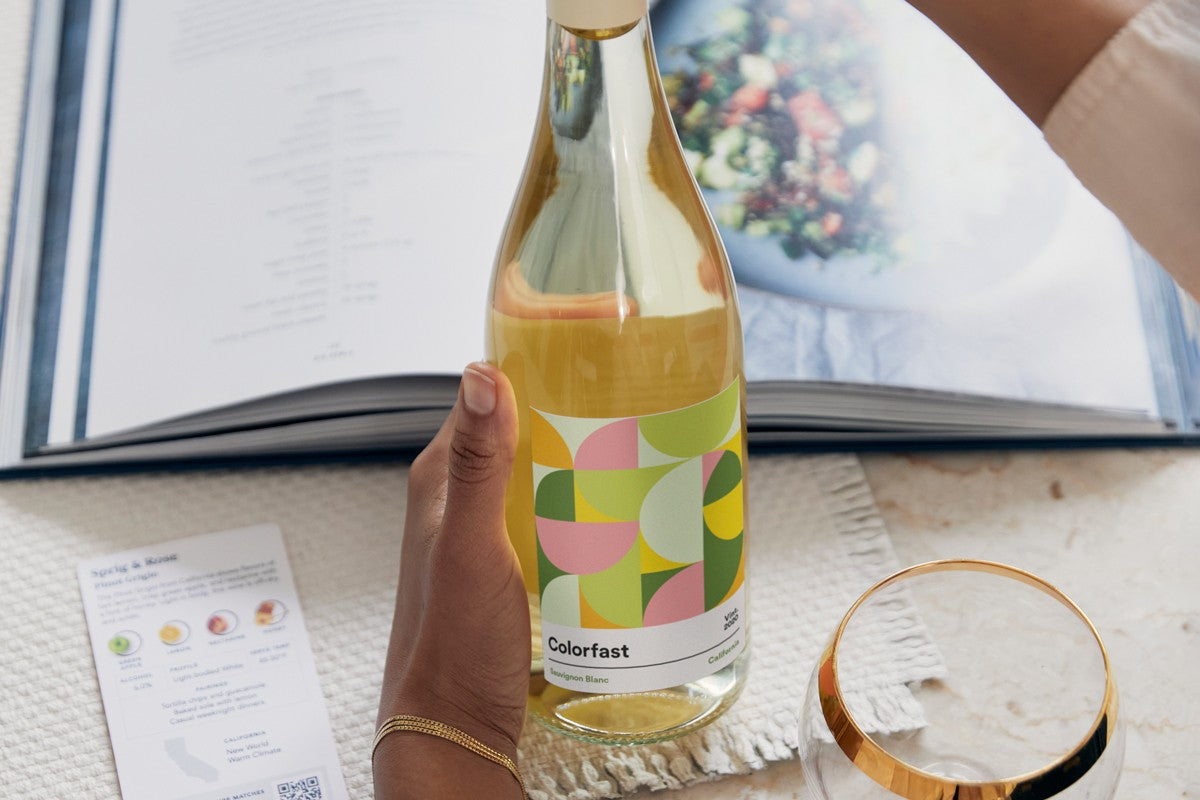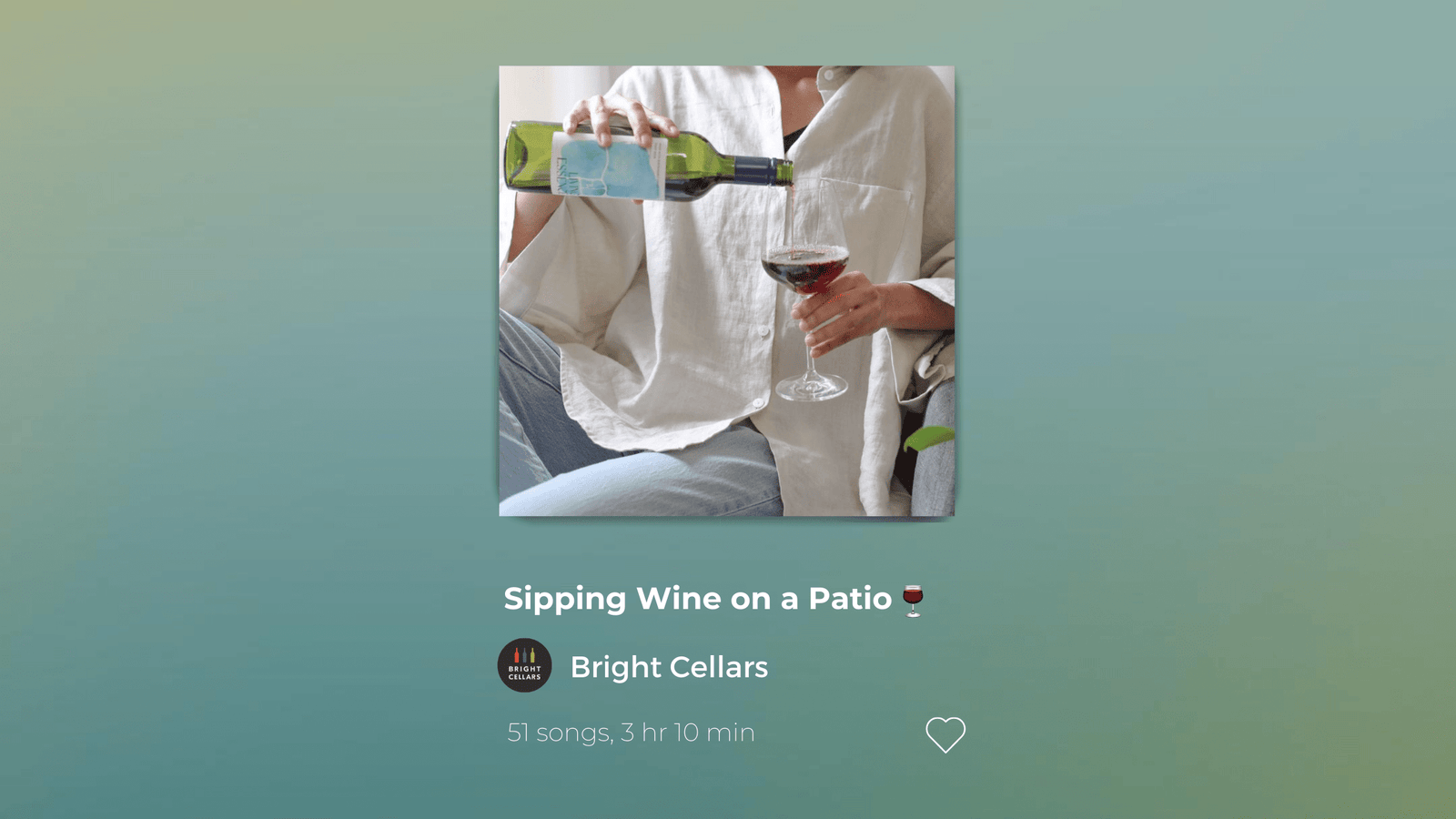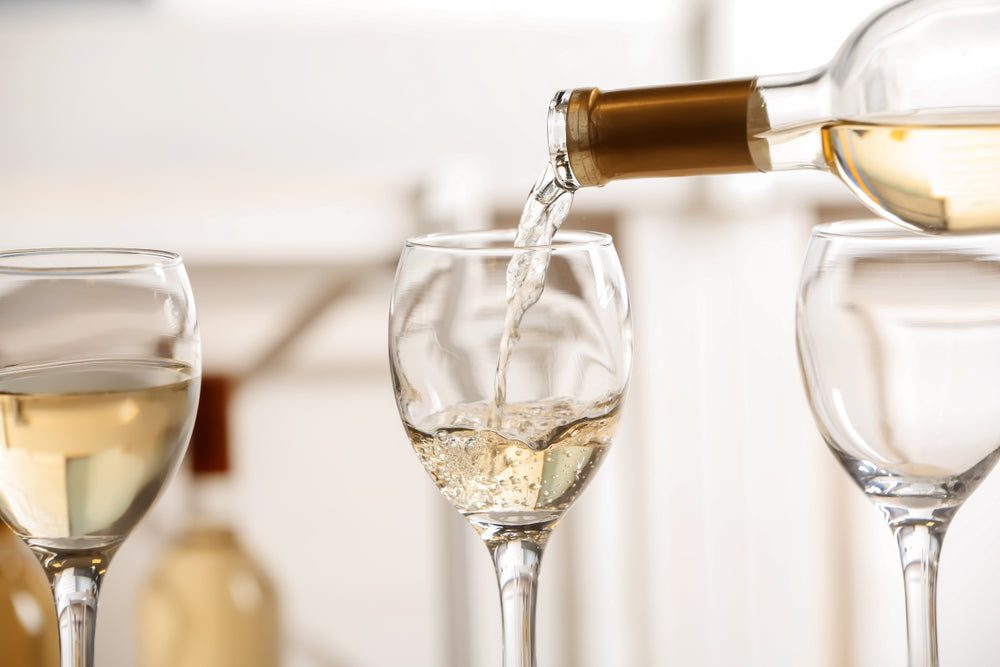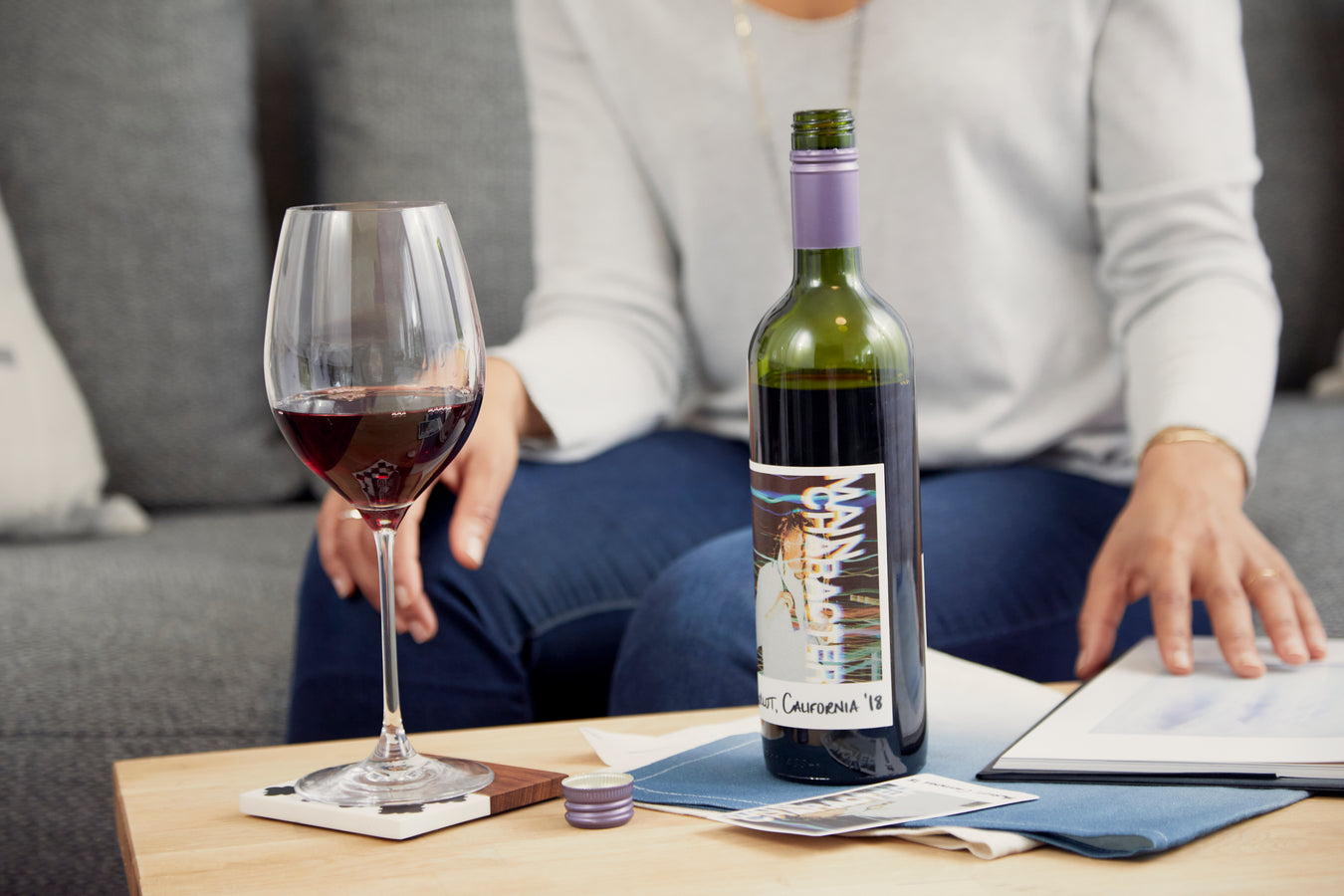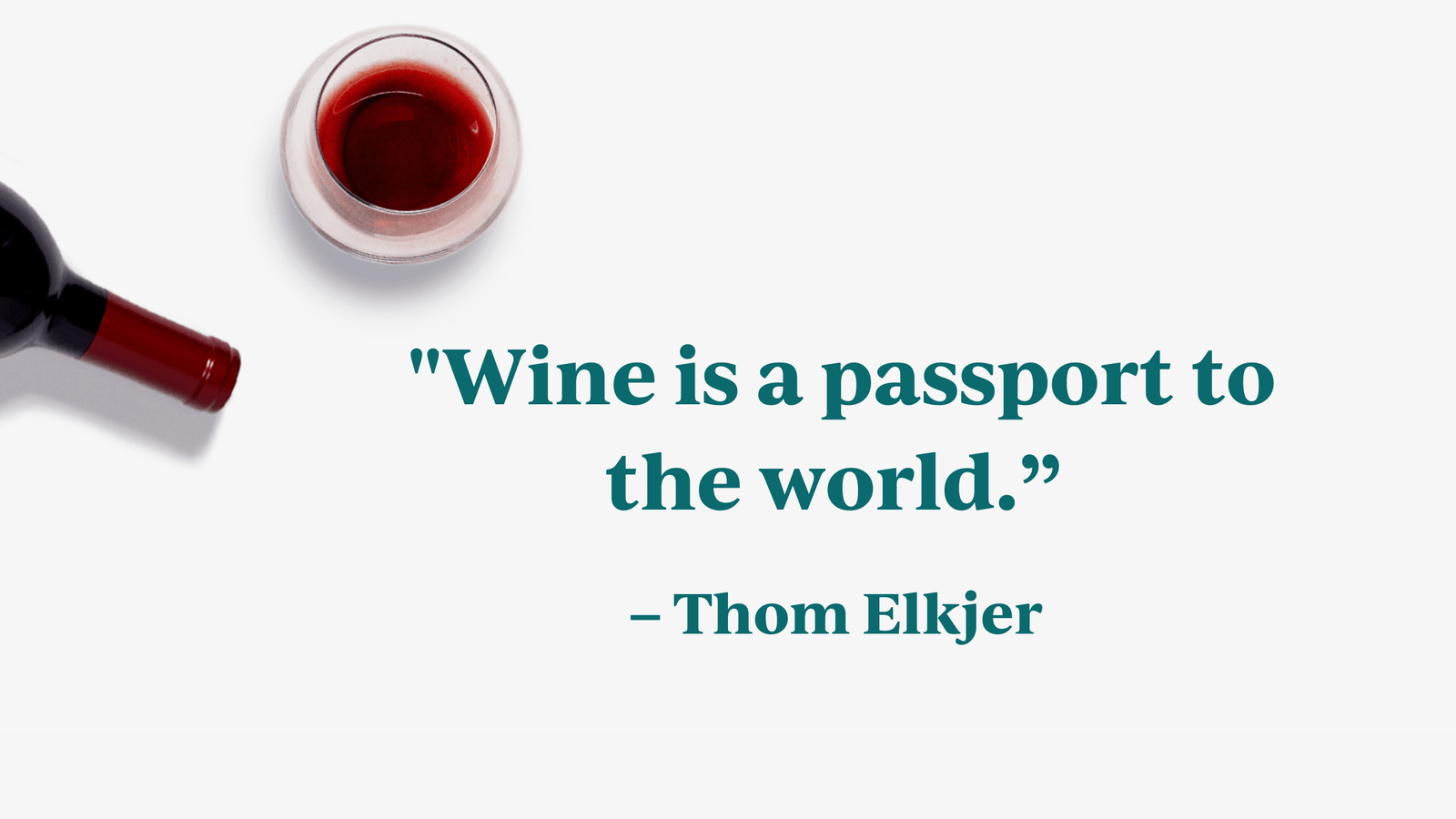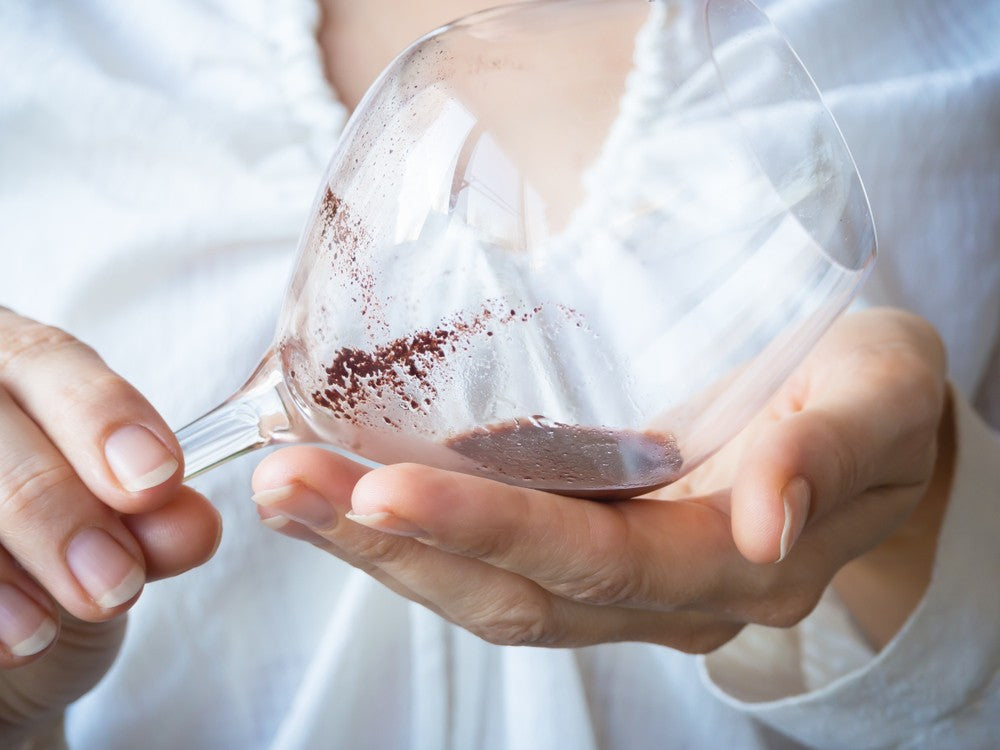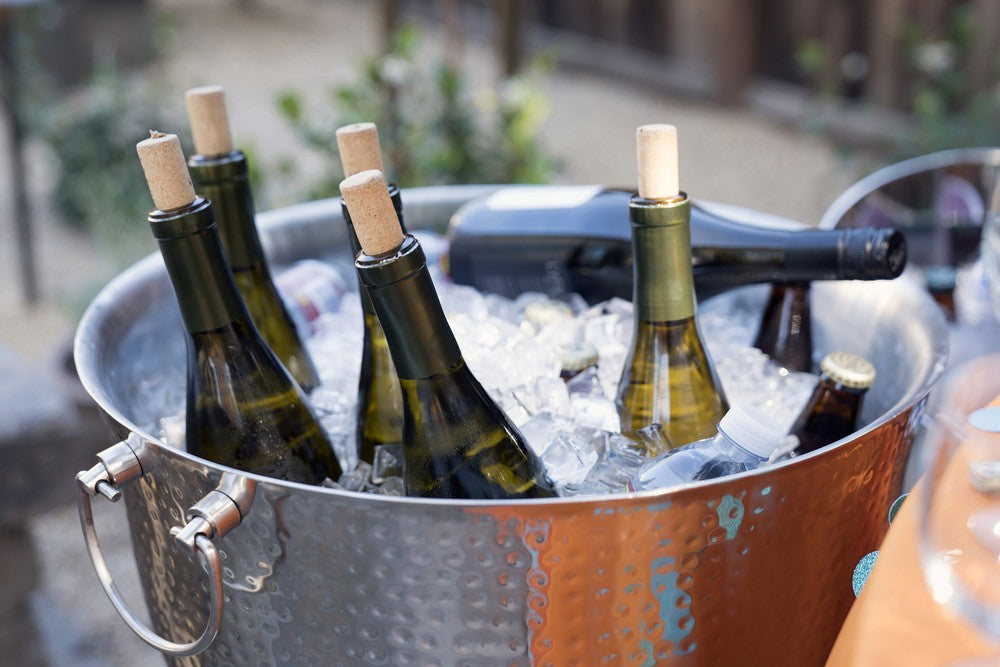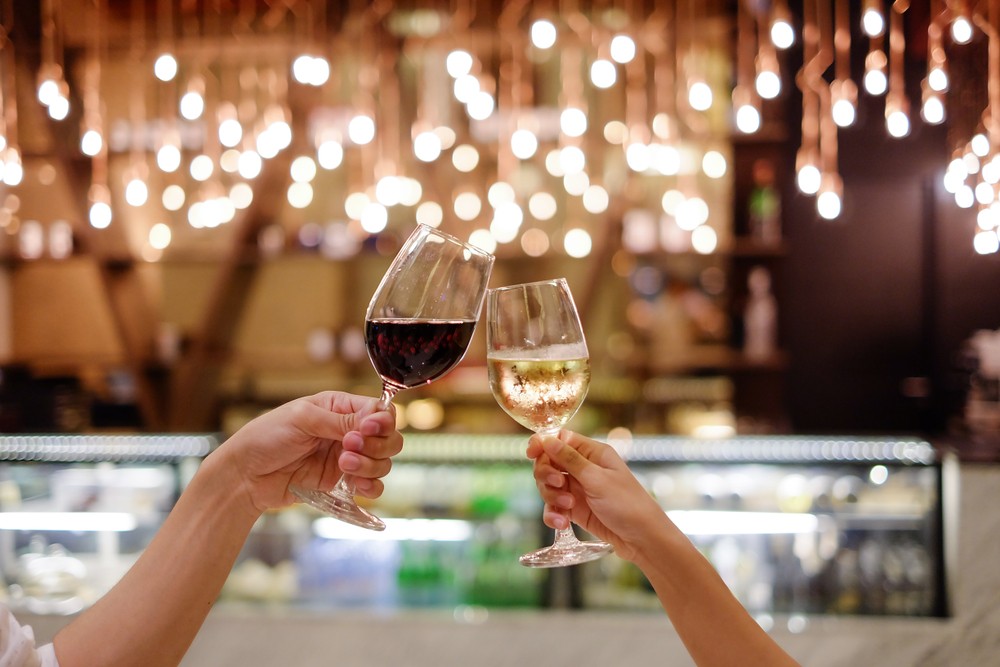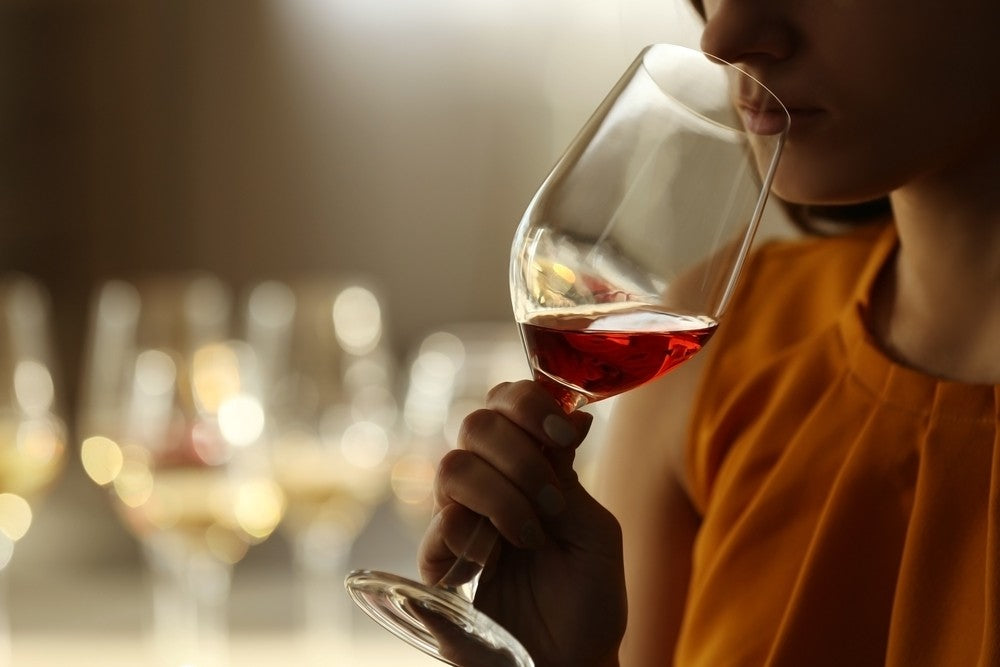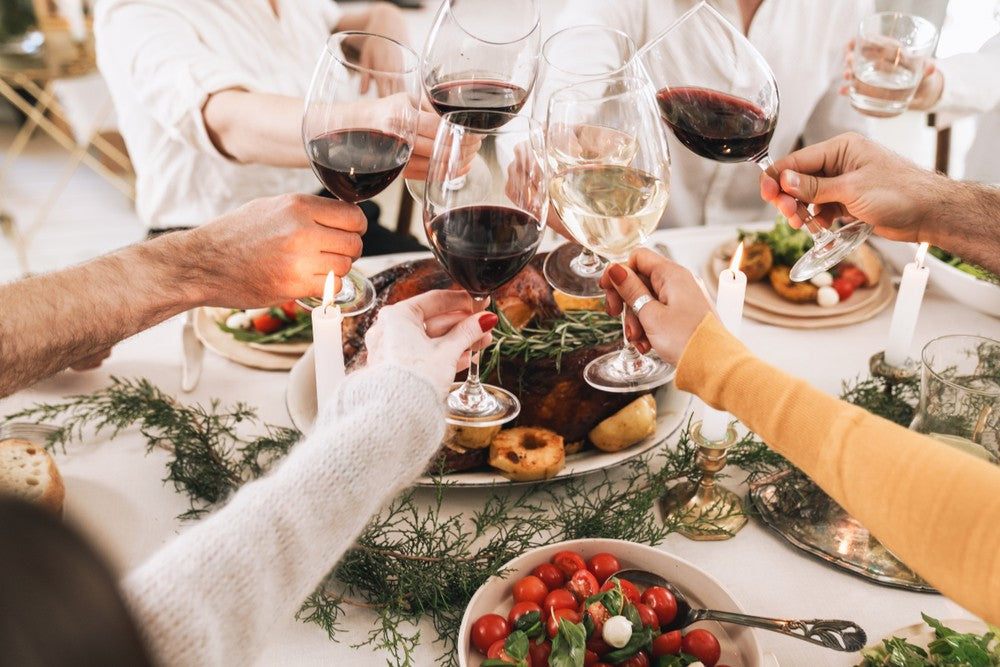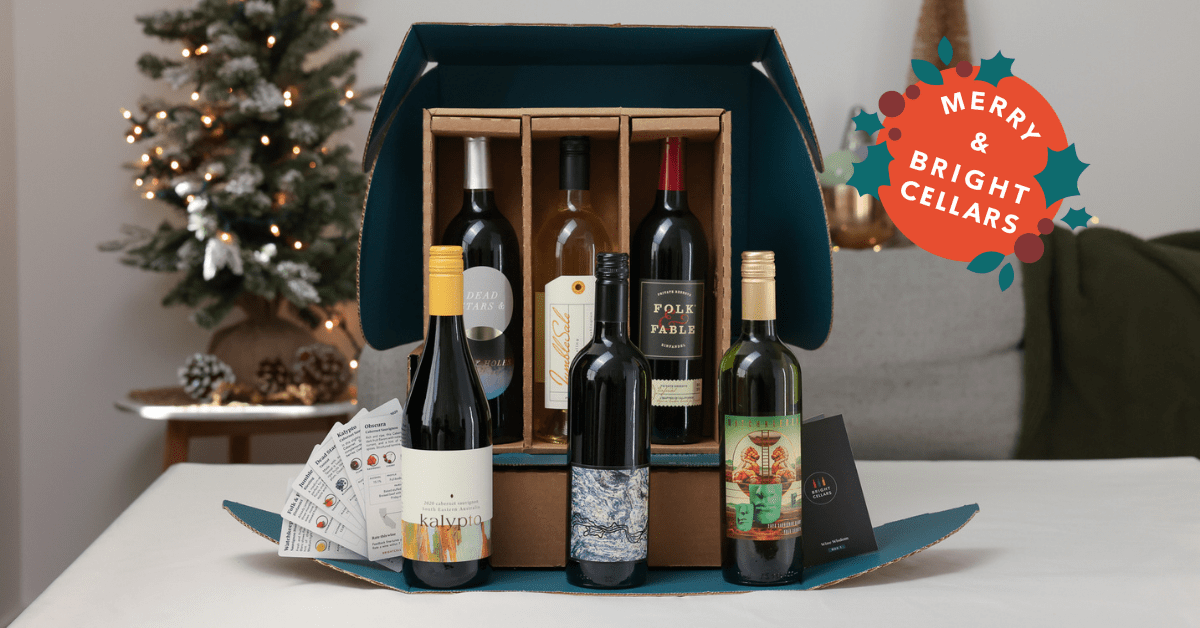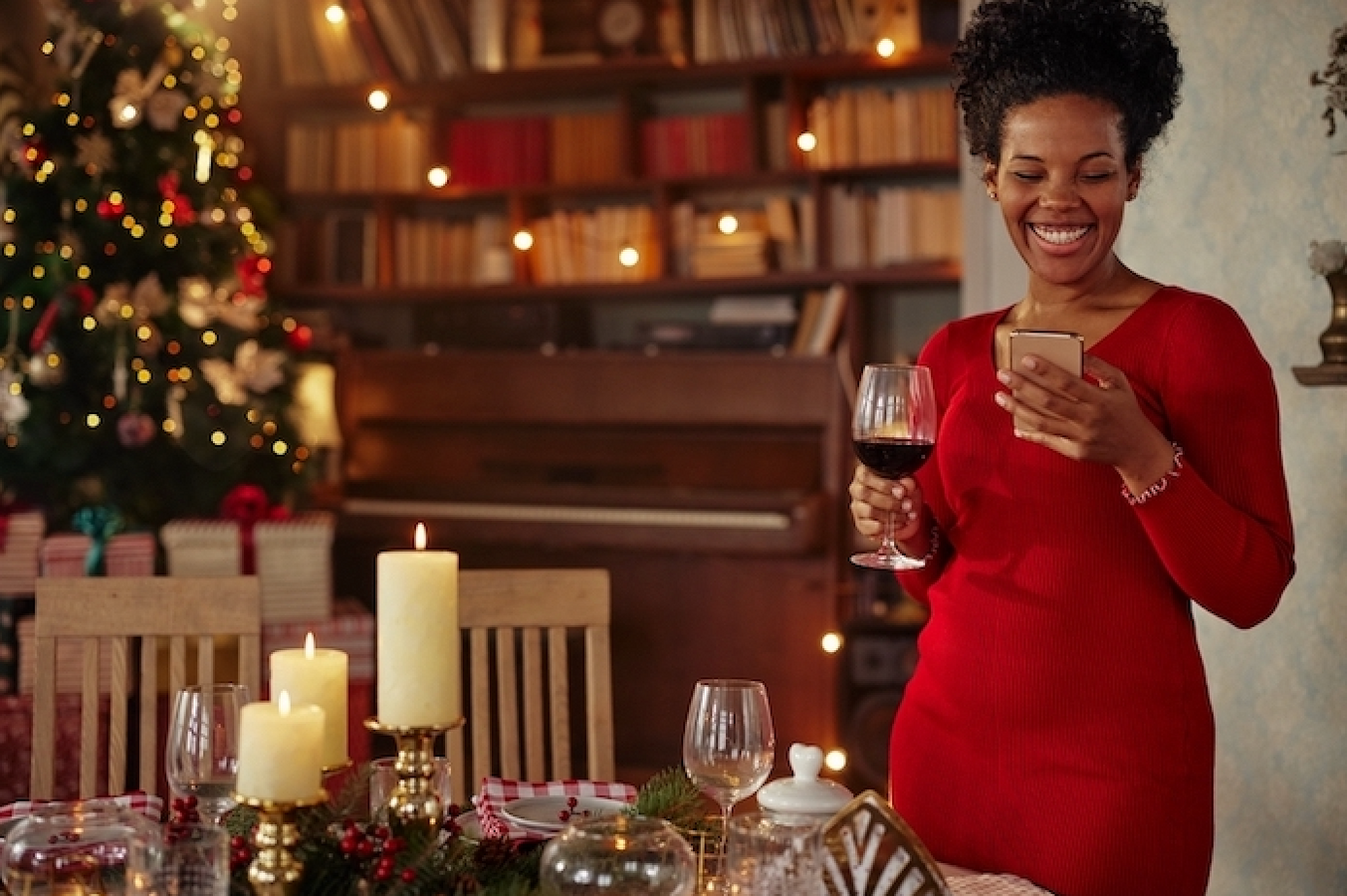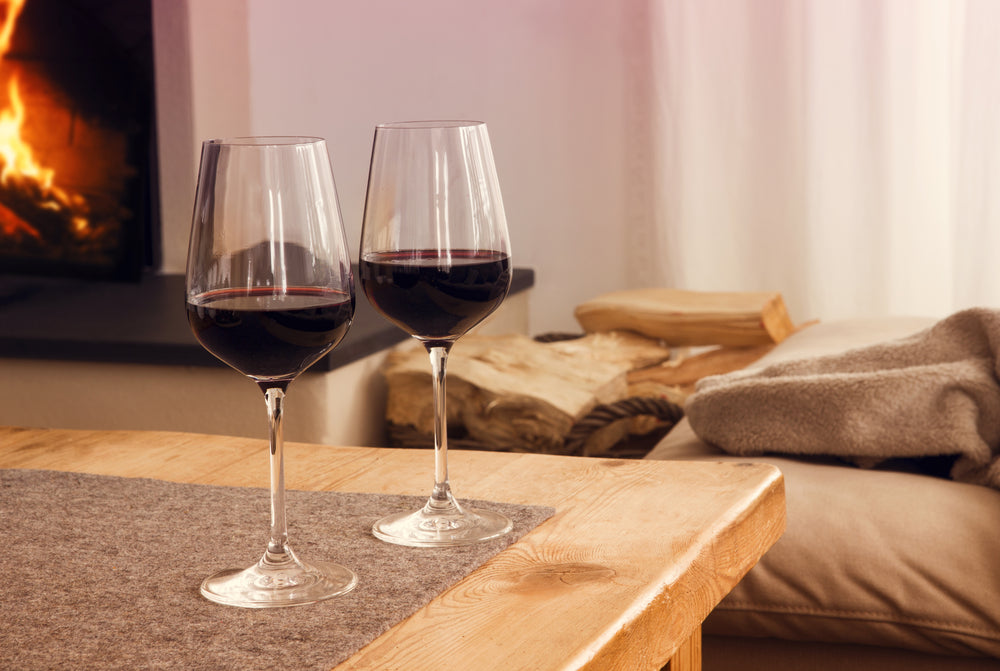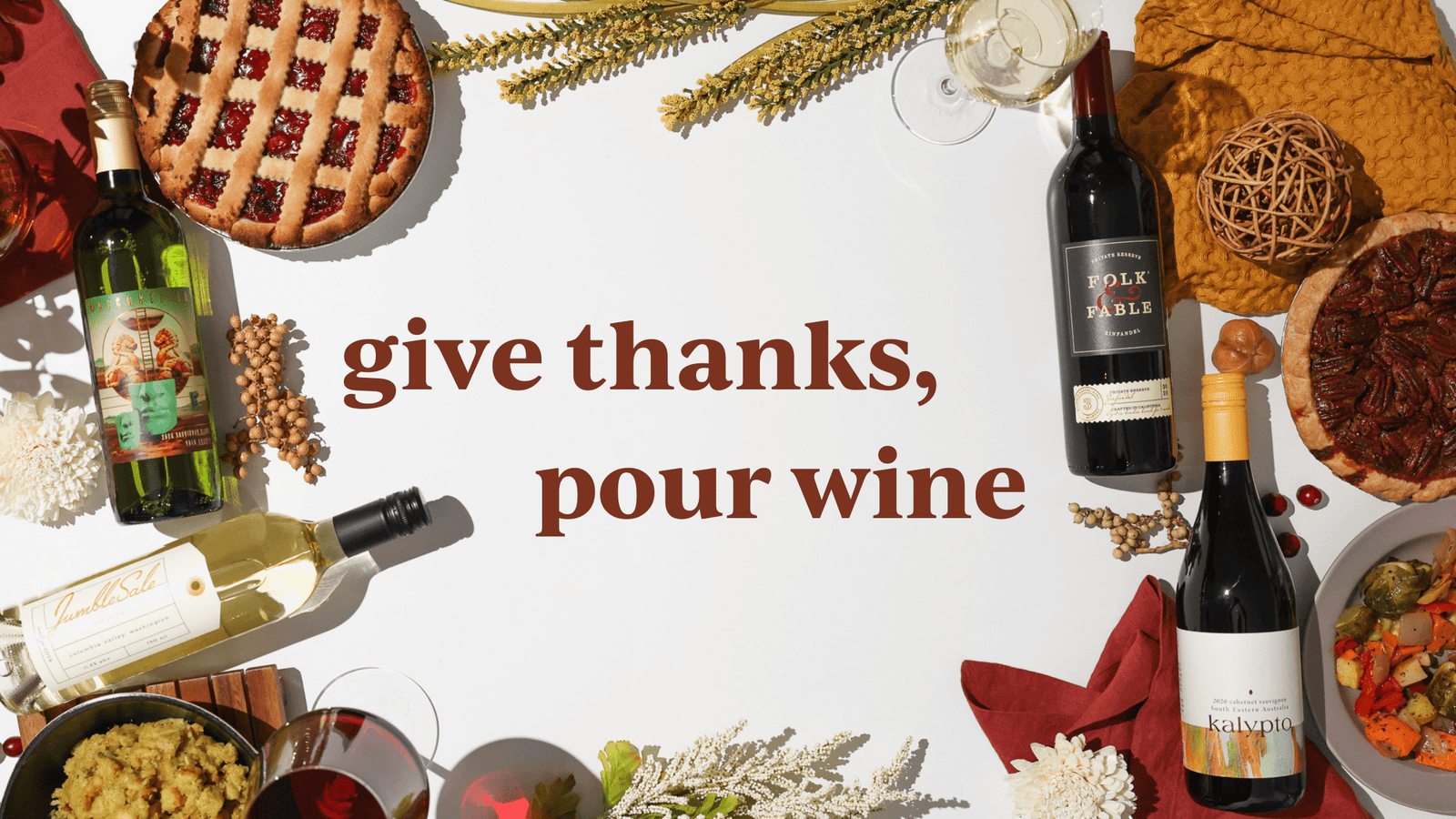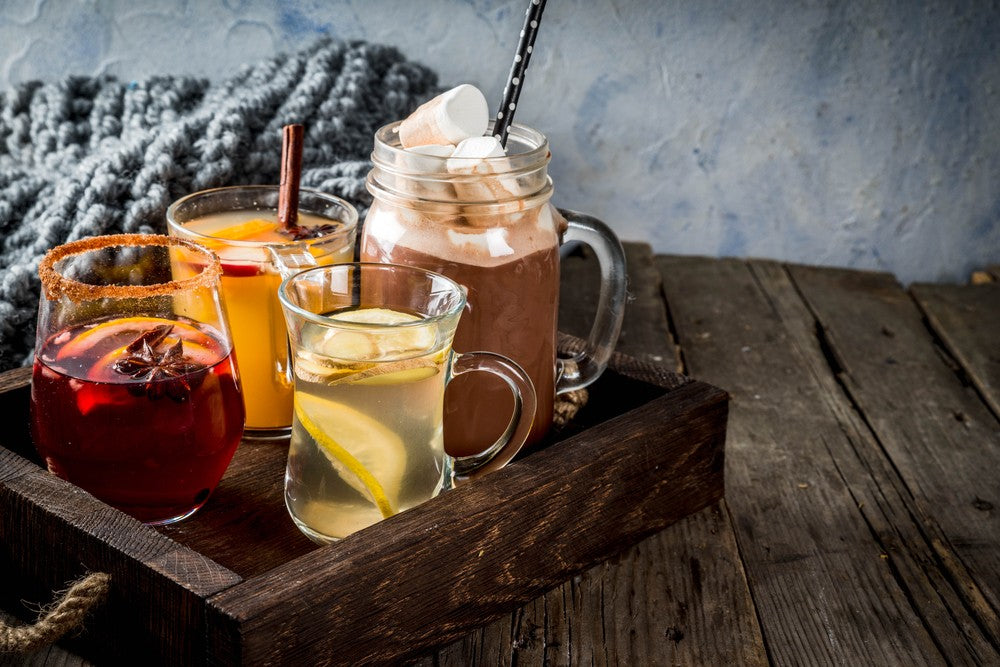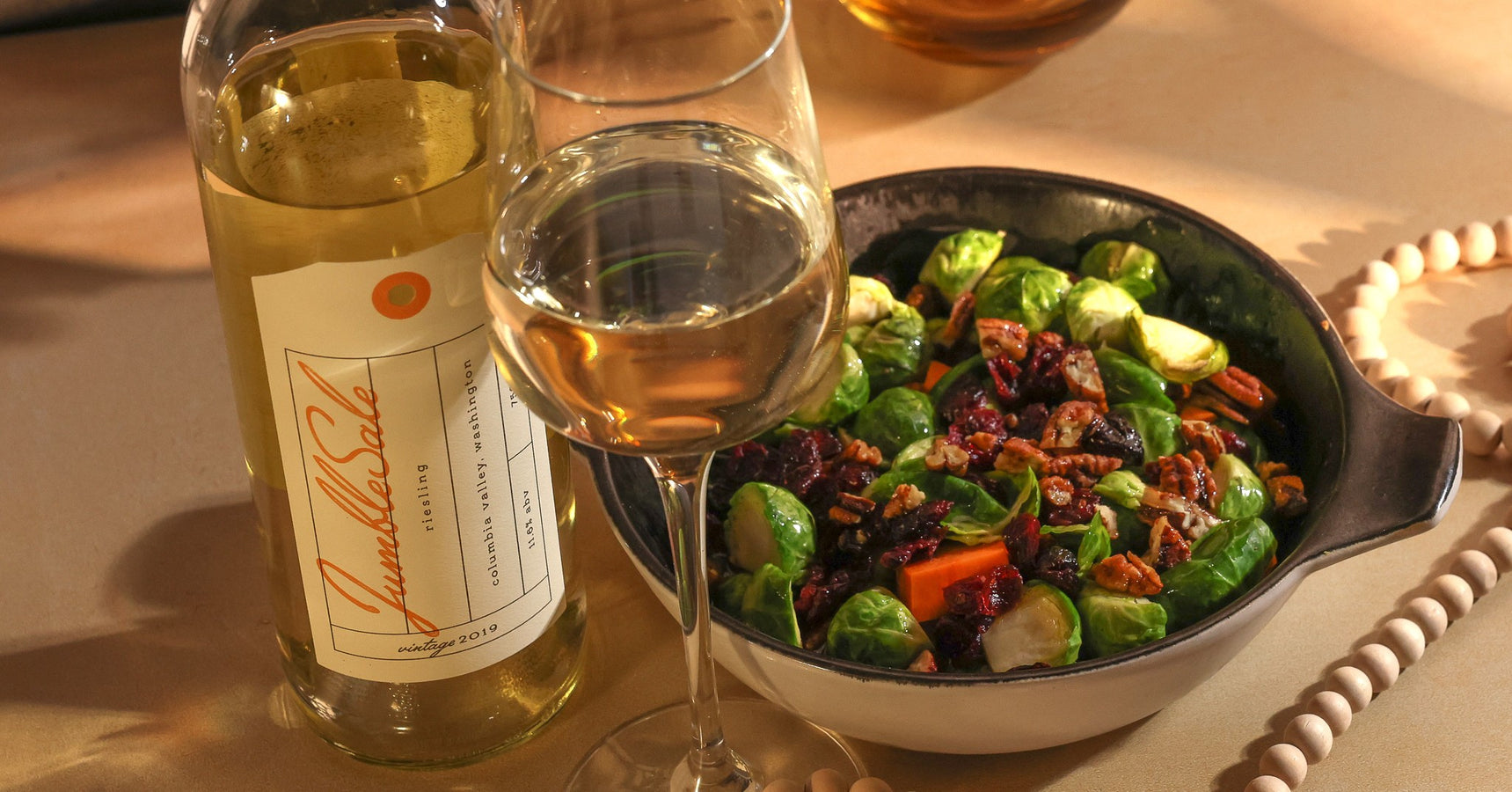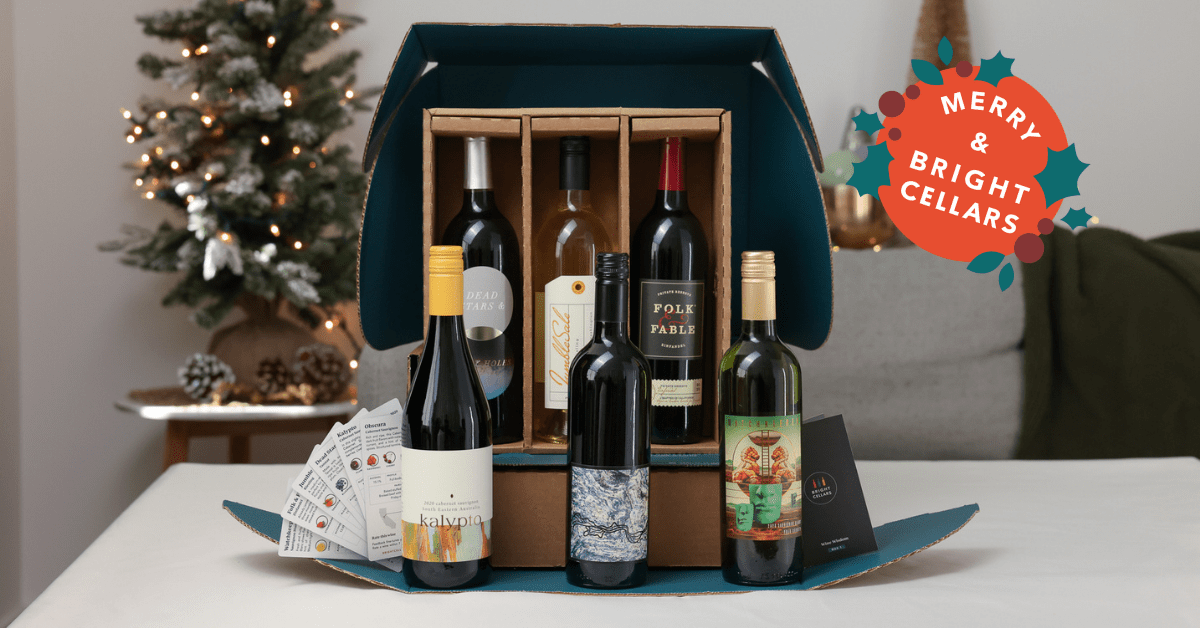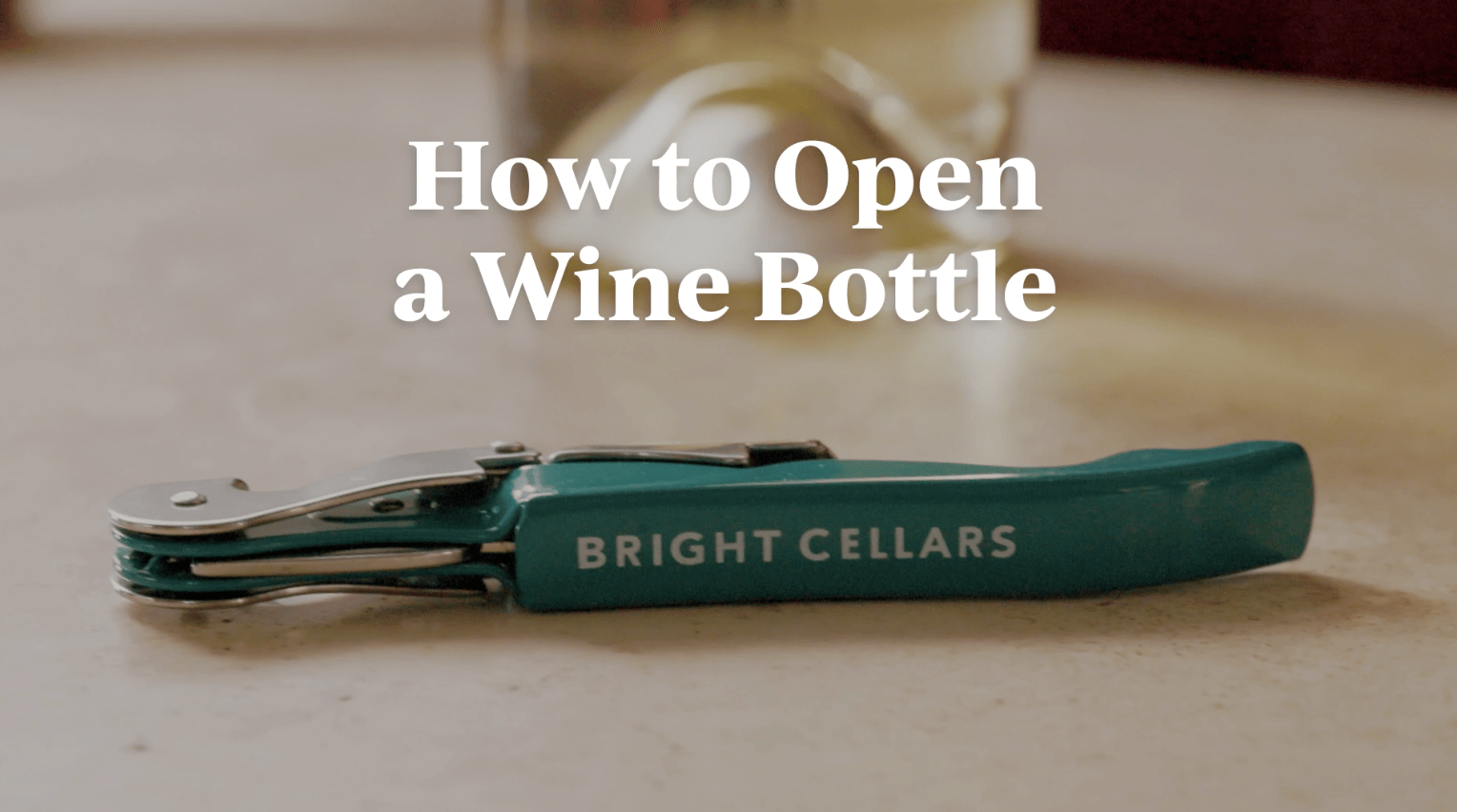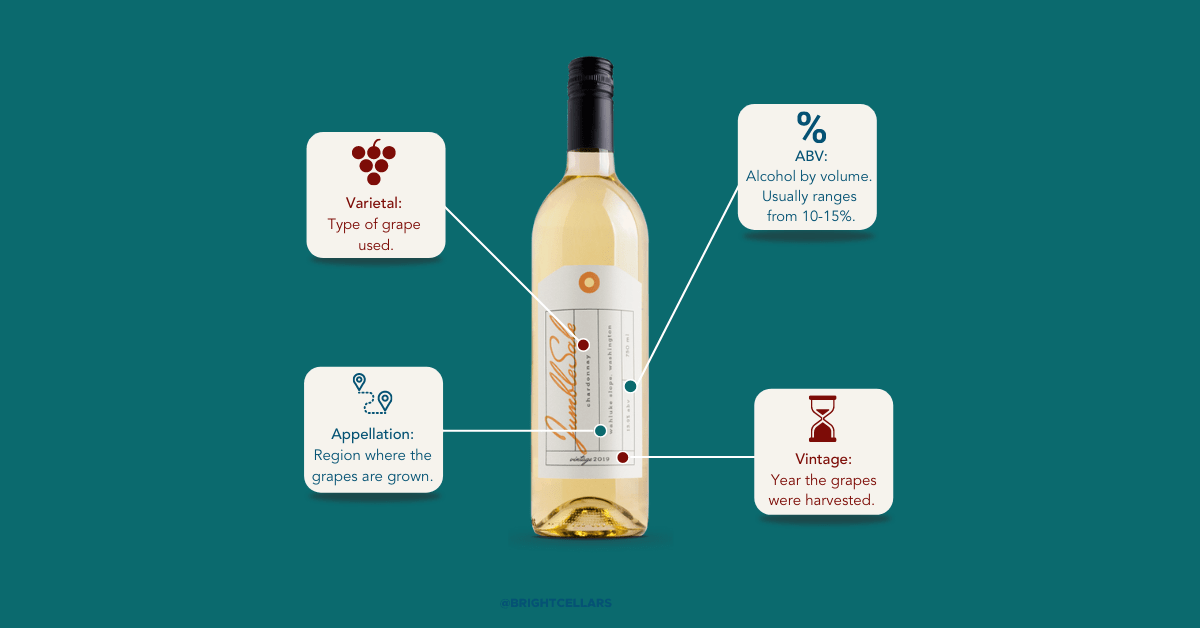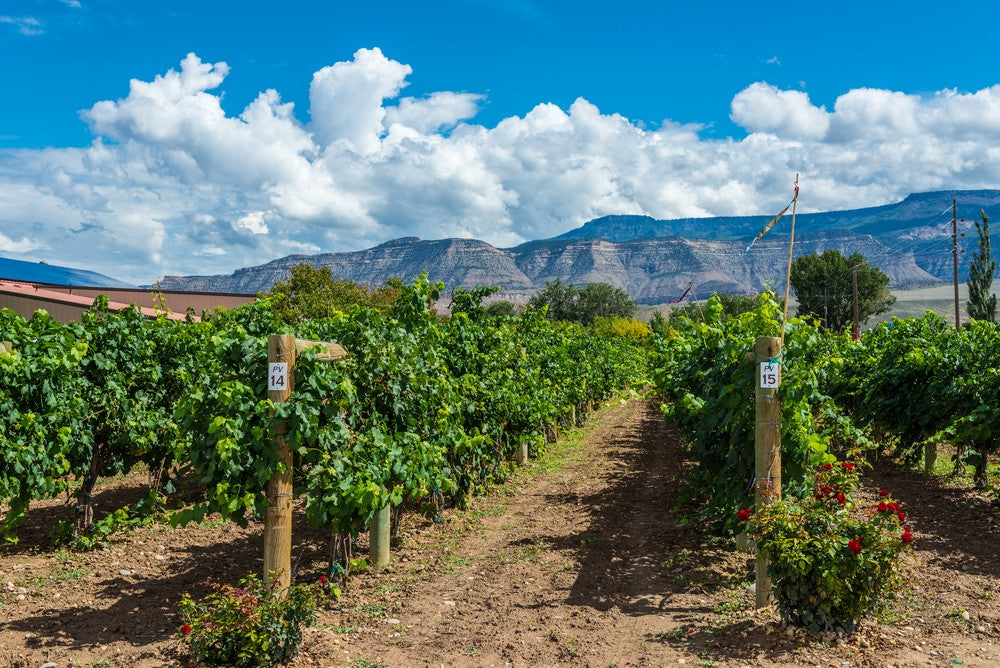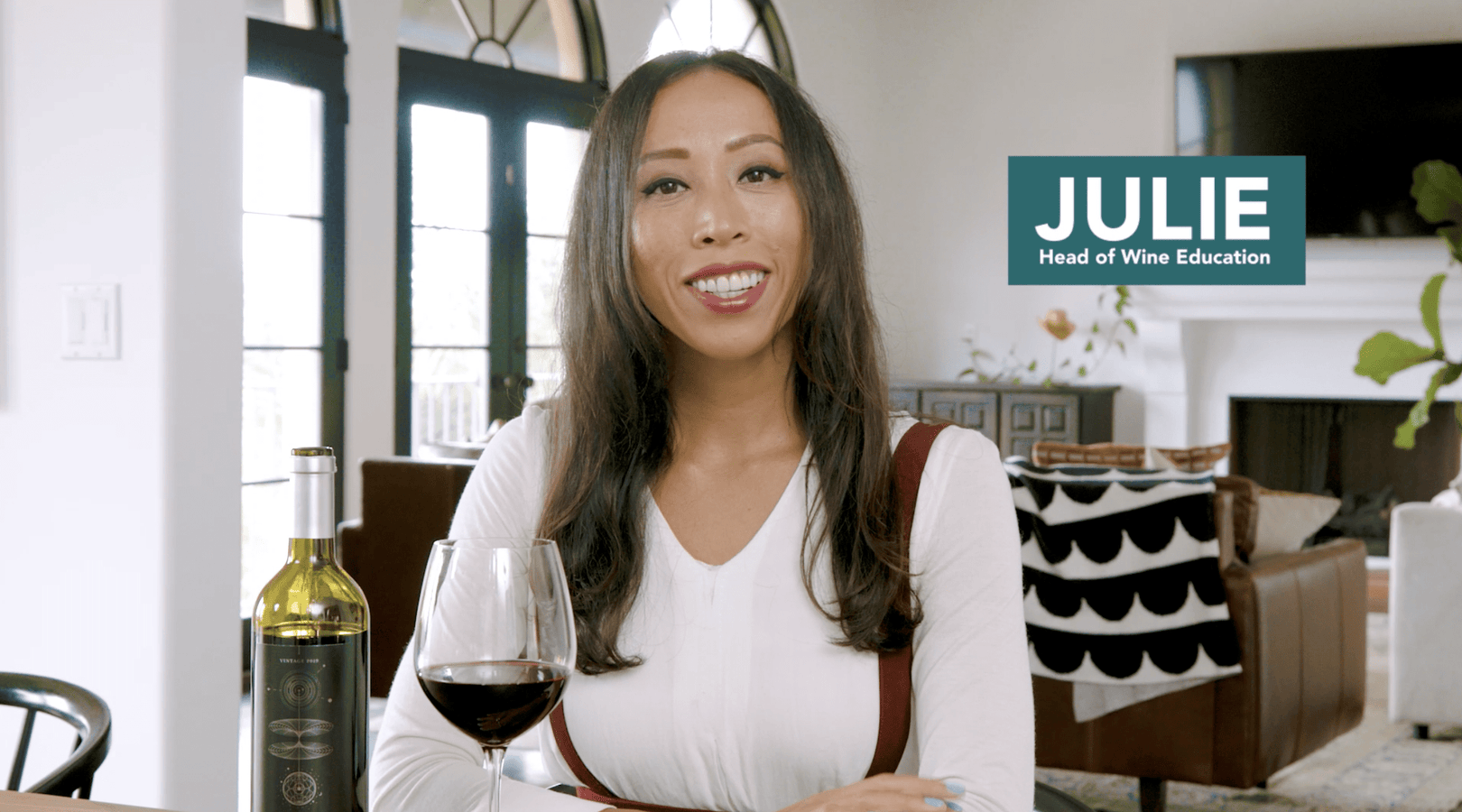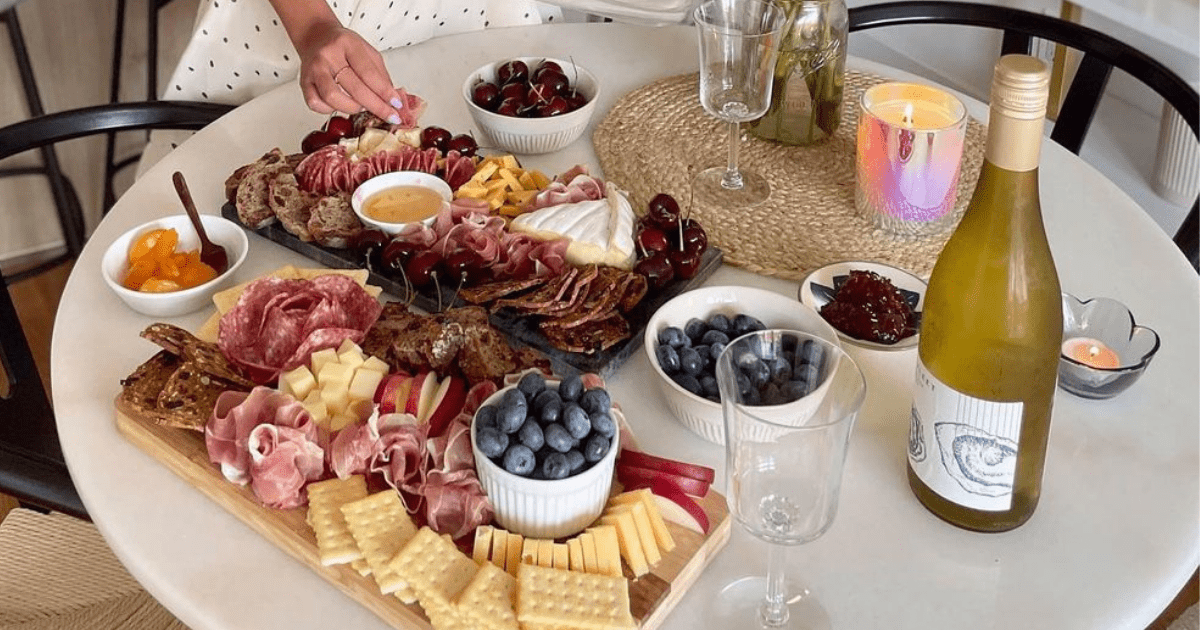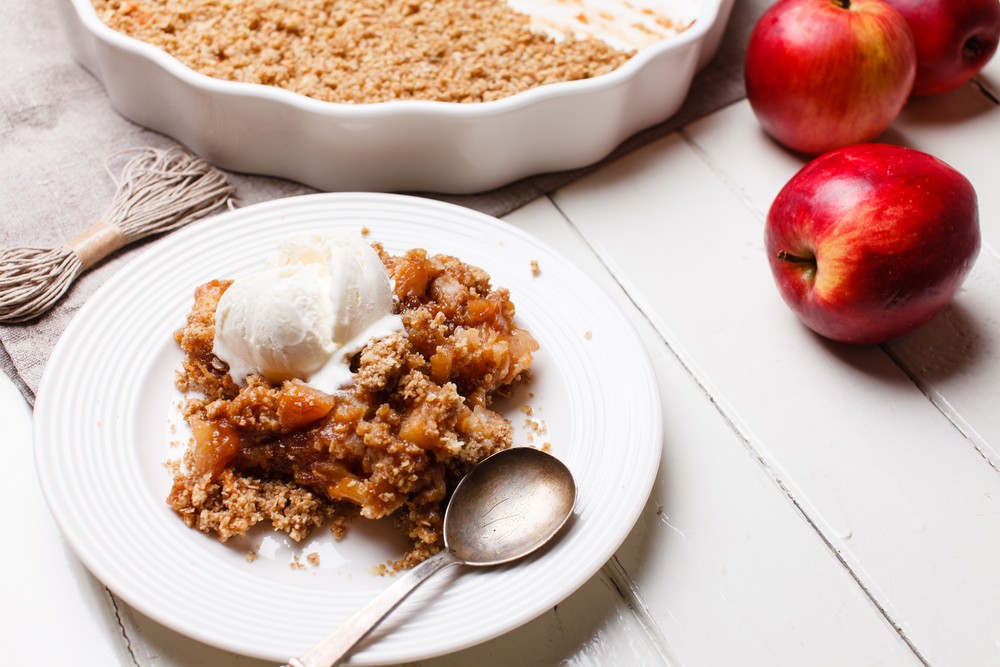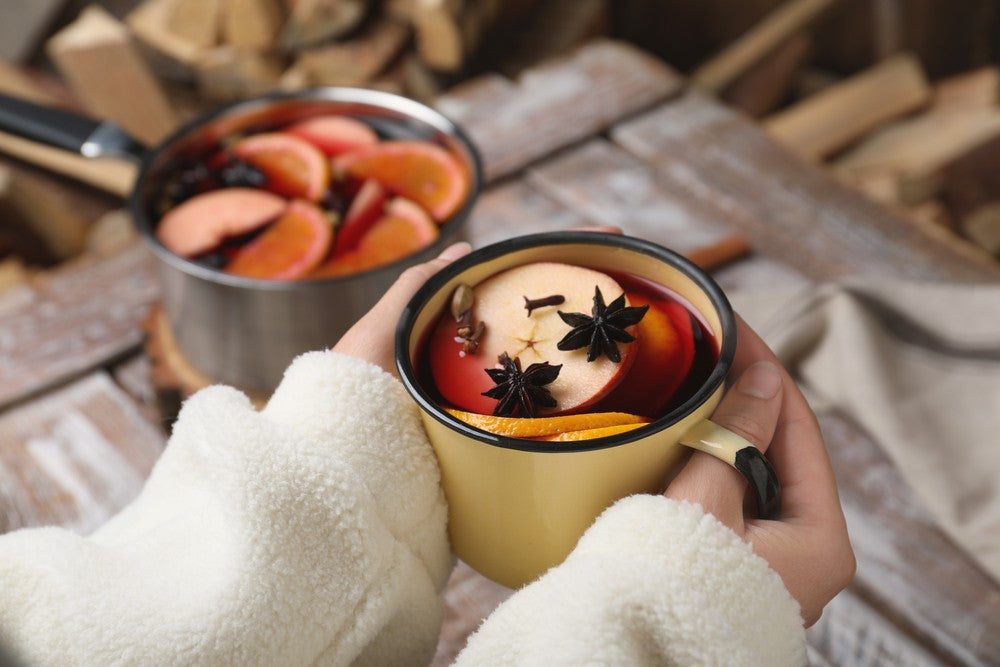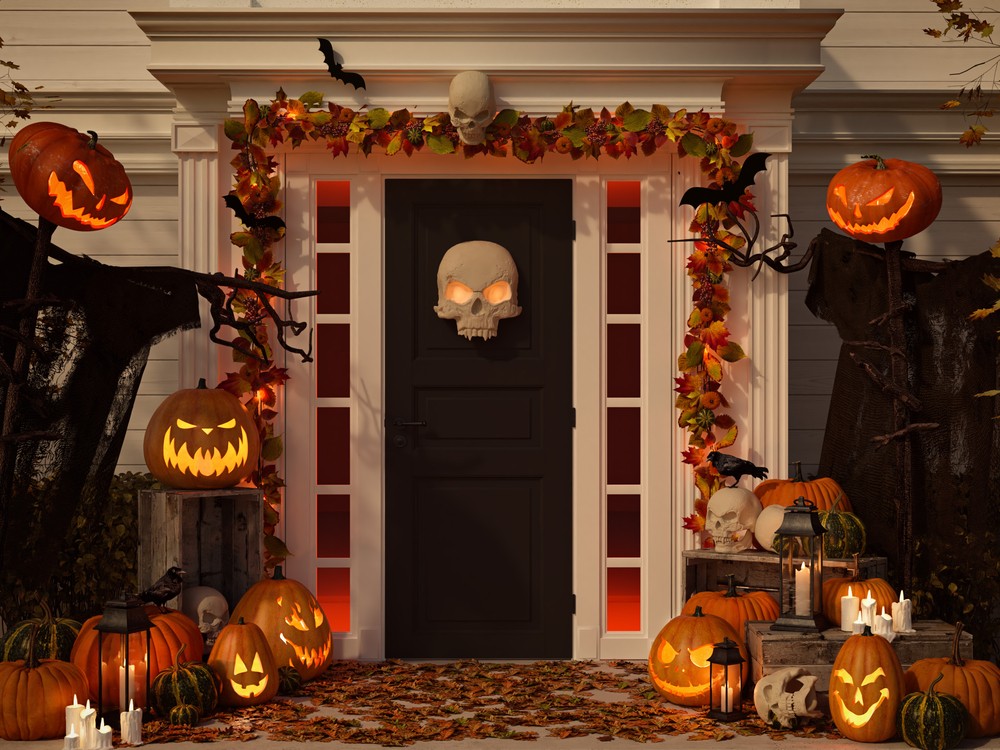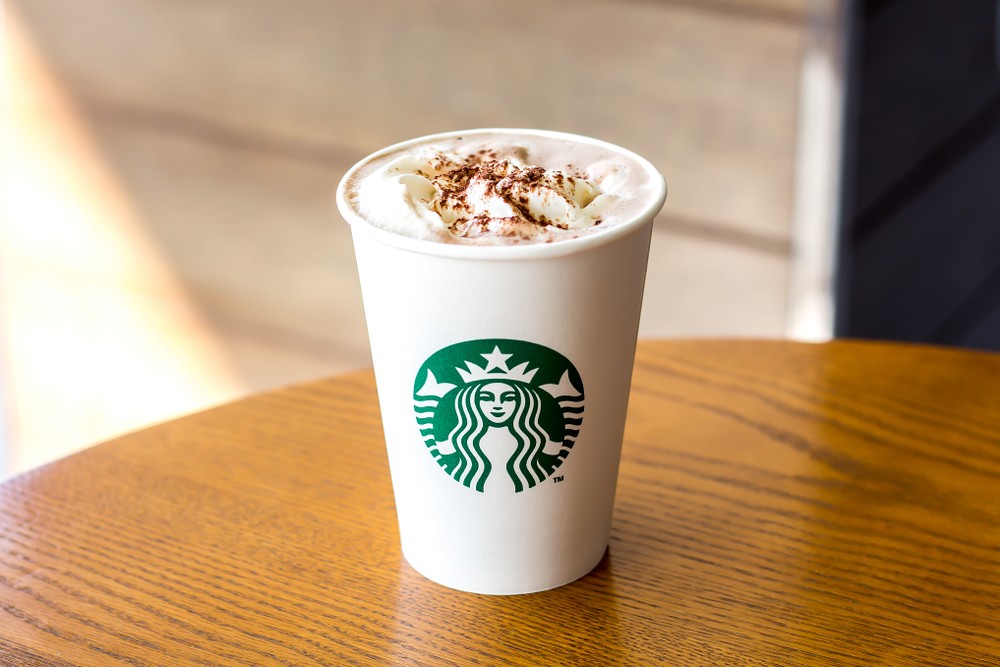
This should come as no surprise, but winemaking has traditionally been a male-dominated industry. However, there is a proud tradition of women taking charge on the vineyard and in wine cellars, taking risks, making innovations, and shaping the industry into what it is today.
Nowadays, women are making their mark in the wine world in greater numbers than ever before, overcoming obstacles and breaking down barriers that still exist. Today, we’re tipping our hats to the female winemakers who helped blaze the trail for future generations. If you’re interested in where wine comes from and where the industry is going, check out the incredible stories of these 5 female winemakers who grabbed life by the vine and shook up the wine industry.
1. Madame Clicquot, the First Woman to Run a Champagne House
Like many early female winemakers, Barbe-Nicole Clicquot fell into a career in wine by chance. Madame Clicquot’s husband died in 1805, six short years after they were married, leaving his 27-year-old widow with a business that was involved in banking, wool trading, and Champagne. Madame Clicquot famously decided to focus the company entirely on champagne, and business boomed. Even though she had no formal training, she took charge in an era when men controlled basically everything. She branded her Champagne House “Veuve Clicquot,” which means the Widow Clicquot, and she soon became known as the Grande Dame of Champagne. Madame Clicquot introduced innovations that still impact the industry today. Under her management, her company developed a new technique called riddling, which gets rid of sediment in Champagne bottles. She also defied a Napoleonic blockade and sent wine to Russian nobility, which strengthened her brand worldwide.
2. Dona Antónia Adelaide Ferreira, the Savior of Port Wine

3. Hannah Weinberger, the First Female Winemaker in Napa Valley
On the other side of the Atlantic, Hannah Weinberger also took control of her family vineyard when her husband died, and became the first woman to make wine in Napa Valley. She was also the only woman in California to travel to the 1889 World’s Fair in Paris and win a silver medal in a wine competition. Under Weinberger’s direction, the vineyard grew to 35 acres. She ran the whole estate until it was forced to close during Prohibition. Today, her legacy lives on: the land she cultivated is now part of the William Cole Vineyards.
4. Louise Pommery, Creator of Brut Champagne
Louise Pommery took over the house of Pommery – a Champagne house – when her husband Alexandre died in 1860. Anyone seeing a pattern here? The widow Pommery purchased a number of limestone and chalk pits under the city of Reims that had been carved out during Roman times so she could store a large quantity of wine in a temperature-controlled environment. Not only were these pits functional, Pommery also commissioned a sculptor to carve a large bas-relief sculpture of Bacchus into the wall, which helped to beautify the underground pits and attract visitors. Pommery bravely steered the ship away from red wine toward sparkling white wine, which was a risky move, considering that sparkling wine was just starting to gain traction. However, this proved to be a smart pivot. Not only did Louise oversee traditional Champagne, she also invented brut – aka very dry – Champagne, which was hugely popular with her British clients, including Queen Victoria.

5. Isabelle Simi, One of the First Female Winemakers in the U.S.
Isabelle Simi was a legendary winemaker. It’s thanks to her courage and determination that her family’s vineyard remains in business today. Simi Winery landed in Isabelle’s lap when she was only 18. The year was 1904, and Isabelle’s father and uncle had just died from a flu outbreak. Running a winery wasn’t exactly the sort of thing you could read about in the day’s etiquette books, but Isabelle took control and steered the ship through rocky waters. Two years later, in 1906, San Francisco was hit with an earthquake that was felt even in Sonoma, where Simi Winery is located. Thanks to Isabelle’s insistence on using steel reinforcements, the winery was saved. Later, she managed to keep the business afloat through Prohibition, which was no small feat. In 1919, when Prohibition went into effect, Sonoma boasted 256 wineries. More than 200 of them closed their doors by the time Prohibition ended. By selling off land and making sacramental wine, Isabelle was able to count her winery among the survivors.
In Vino Finito
Hats off to these early women winemakers! If you’re interested in more exciting moments in wine history, check out how the Judgement of Paris forever changed the wine world. For more wine wisdom, subscribe to our daily newsletter, Glass Half Full.
